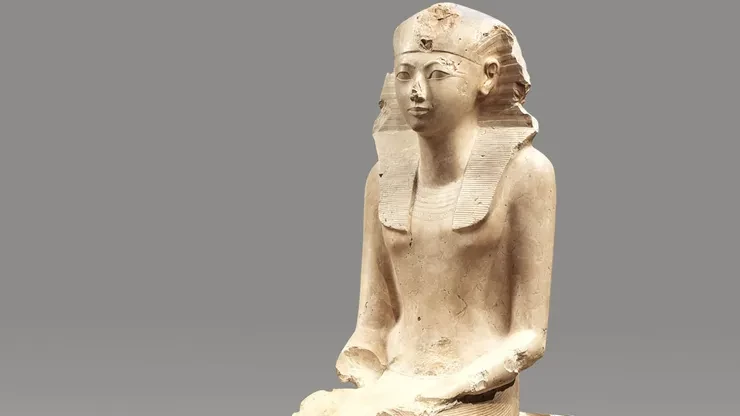
10 Interesting Facts About Hatshepsut: Egypt's Pioneering Female Pharaoh
Among the pharaohs, the rulers of ancient Egypt, one of the most outstanding must have been Hatshepsut. The reign of this woman pharaoh was underlined by the country's growth and prosperity, ambitious building, and successful trade expeditions. Now, let us discover 10 interesting facts about Hatshepsut, lots about her place in history, and her eternal glory as the leading female pharaoh ever for Egypt.
10 Interesting Facts About Hatshepsut: Quick Facts
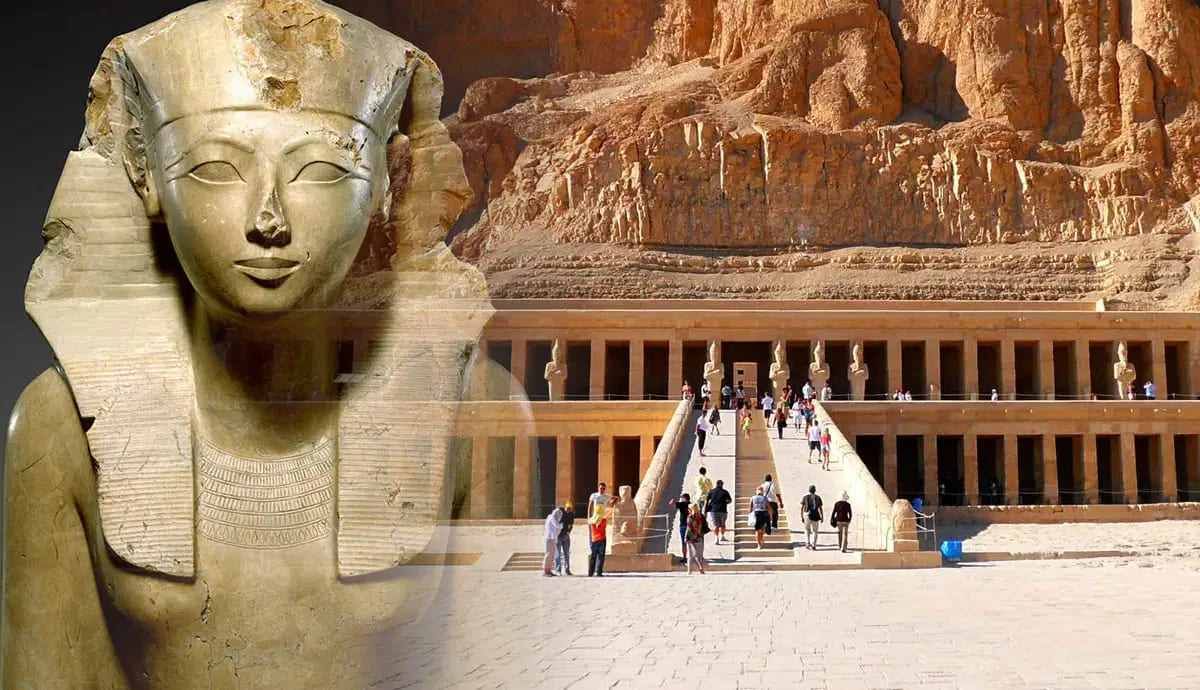
Here's a concise summary of the key takeaways about this remarkable female pharaoh, presented as 10 interesting facts about Hatshepsut:
- Royal Lineage and Ascension to the Throne: She was a daughter of Thutmose I and had ascended to the throne after being the regent of her stepbrother, Thutmose III.
- Appearing as Male Pharaoh: She assumed the appearance of a male pharaoh with a false beard, kilt, and all other paraphernalia to gain the legitimacy of rule.
- A Reign of Prosperity: Hatshepsut put more emphasis on internal development, trade, and great building projects rather than military conquests. The result was a prosperous era for Egypt.
- The Famous Punt Expedition: Hatshepsut led a very important trade expedition to the Land of Punt, bringing back, among other goods, incense, ebony, and exotic animals.
- Temple at Deir el-Bahri: Her mortuary temple at Deir el-Bahri is an architectural wonder designed by Senenmut to be carved into the cliffs.
- Relationship with Senenmut: He was her chief adviser and architect during her reign; there is a view that he might have been closer to her personally.
- Complex Relationship with Thutmose III: This is debated; it is found that there might be some sort of rivalry, and he even tried to remove all memories of her.
- An icon of Egyptian elegance, despite the male attire, the depiction of Hatshepsut still subtly hinted at her female form and thus became an icon of beauty and royal elegance.
- Disappearance from Records: After her death, attempts were made to erase Hatshepsut from historical records, leading to her rediscovery centuries later.
- A Powerful Legacy: Even though attempts were made to eradicate her from history, Hatshepsut remains one of the most successful female pharaohs and a strong ruler, thus continuing to inspire and fascinate people today.
Let's take a closer look at 10 interesting facts about Hatshepsut that illustrate her singular place in history and her lasting legacy as Egypt's most important female pharaoh.
10 Fascinating Facts About Hatshepsut: The Most Powerful Female Pharaoh

1. Hatshepsut’s Royal Lineage and Rise to Power
Hatshepsut was born of a royal blood. She was a daughter to Thutmose I, one of the strong pharaohs of the 18th dynasty in Egypt. This origin placed her in a better place to ascend the throne. By tradition, Egypt favored males to reign on the throne. After the death of Thutmose I, his son Thutmose II succeeded him with another wife, whereas Hatshepsut became his Great Royal Wife.
Thutmose II died after a short reign. The throne then went to his young son, Thutmose III, by another wife. Being only a child, Hatshepsut initially played the role of regent. But she soon took the unprecedented step of declaring herself pharaoh. This was an audacious act. It was against the established ways of ancient Egyptian society.
Key points about Hatshepsut's rise to power:
- Born a royal princess c. 1508 BCE
- Married her half-brother Thutmose II
- Became regent for young stepson Thutmose III
- Declared herself pharaoh c. 1473 BCE
- Ruled for more than 20 years until she died in 1458 BCE
2. Hatshepsut’s Portrayal as a Male Pharaoh
To legitimize her rule, Hatshepsut adopted the full regalia of a male pharaoh. This included the traditional headdress, kilt, and even the false beard. This portrayal wasn’t about deceiving people. Instead, it was about conforming to the established image of kingship. This was a crucial step in ensuring her authority and acceptance as a ruler. This is one of the most interesting facts about Hatshepsut.
To give herself the appearance of a legitimate ruler, Hatshepsut took on all the trappings of a male pharaoh: the traditional headdress, kilt, and even the false beard. The idea here is not deception but conformity with what was considered the standard image of kingship. This was all part of being certain that she would fall into line with a ruler acceptable to everyone. As discussed above, this is one of the most interesting facts about Hatshepsut.
- Wore a complete male pharaonic costume, including a false beard
- Had herself depicted as a man in sculpture and carving
- Took masculine pronouns and titles in official inscriptions
- Claimed divine right to rule as a daughter of the god Amun
"Now my heart turns to and fro, in thinking what will the people say, those who shall see my monument in after years, and shall speak of what I have done." - Inscription from Hatshepsut's temple
It is therefore by assuming masculine imagery while still recognizing her female identity that Hatshepsut had such a successful reign for over two decades.
3. Hatshepsut's Accomplishments: A Reign of Prosperity
During her reign, Hatshepsut kept peace and prosperity. In contrast to other pharaohs who tried to extend their military power, she initiated internal development and trade. She initiated many building projects which brought wealth to Egypt and gave her immortal fame. The trading expeditions she had organized, among them the Punt expedition, had enriched Egypt very much.
She is considered one of ancient Egypt's greatest builders, with an extensive array of temples, monuments, and public works to her name. Some of her key building achievements include the following:
- The mortuary temple at Deir el-Bahri
- Restoration and expansion of the temple of Karnak
- Two great obelisks at the temple of Karnak
- The Red Chapel at Karnak
- Improvement of the temple of Mut at Karnak
Her mortuary temple at Deir el-Bahri stands as one of the architectural Wonders of ancient Egypt-a temple with colonnaded terraces lined into the cliffs.
4. The Famous Punt Expedition Under Hatshepsut
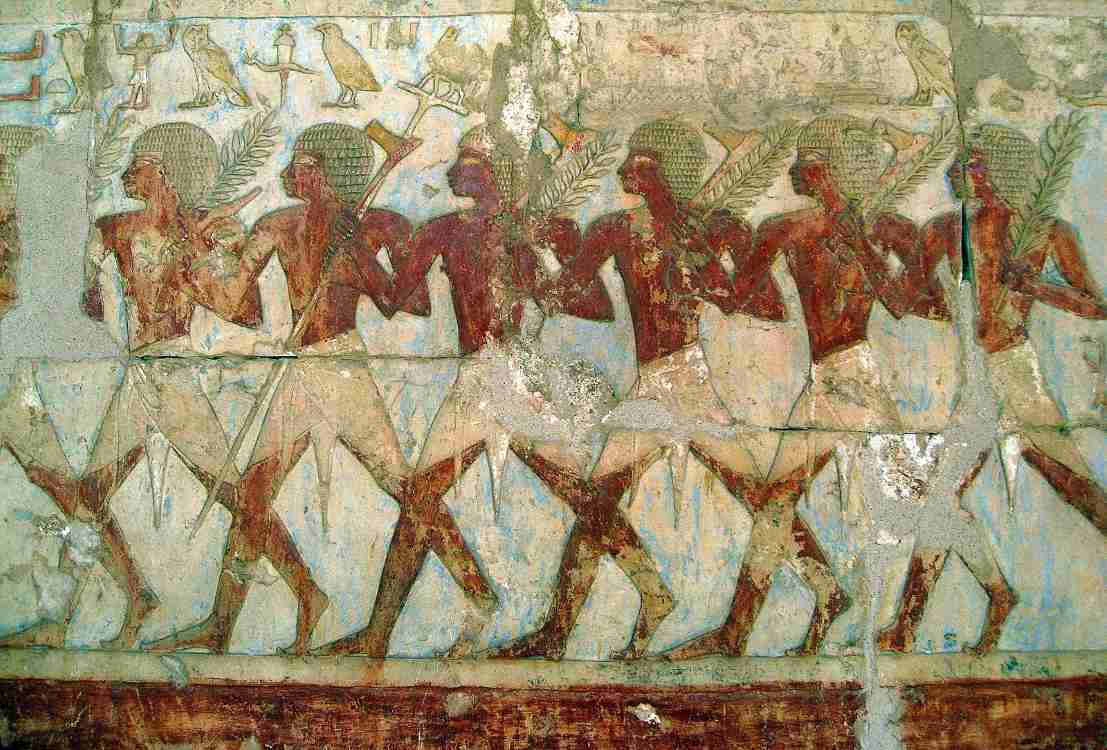
One of the greatest events that took place during the reign of Hatshepsut was the expedition to Punt. This land, which is supposed to be in modern-day Somalia or Eritrea, was a source of highly valued goods such as incense, ebony, gold, and exotic animals. The Punt expedition of Hatshepsut is shown very well on the reliefs of her temple at Deir el-Bahri. It depicts the trip, the arrival at Punt, and the exchange of goods. This greatly developed the economy of Egypt, along with its trade networks.
One of the most famous expeditions of Hatshepsut was the great trading expedition that she led to the land of Punt. The goods that this expedition returned with were quite exotic, and the trade relations established were very important.
Key facts about the Punt expedition:
- Takes place around Year 9 of Hatshepsut's reign
- A fleet of five ships sailed down the Nile and across the Red Sea
- Returned with incense trees, ivory, gold, and exotic animals
- Well-documented reliefs from the Deir el-Bahri temple
- Representing Egyptian sea and skill in waterways trade
Punt expedition reliefs represent valuable information about sailing and the practice of ancient Egyptian trade.
5. Hatshepsut's Temple at Deir el-Bahri: An Architectural Masterpiece
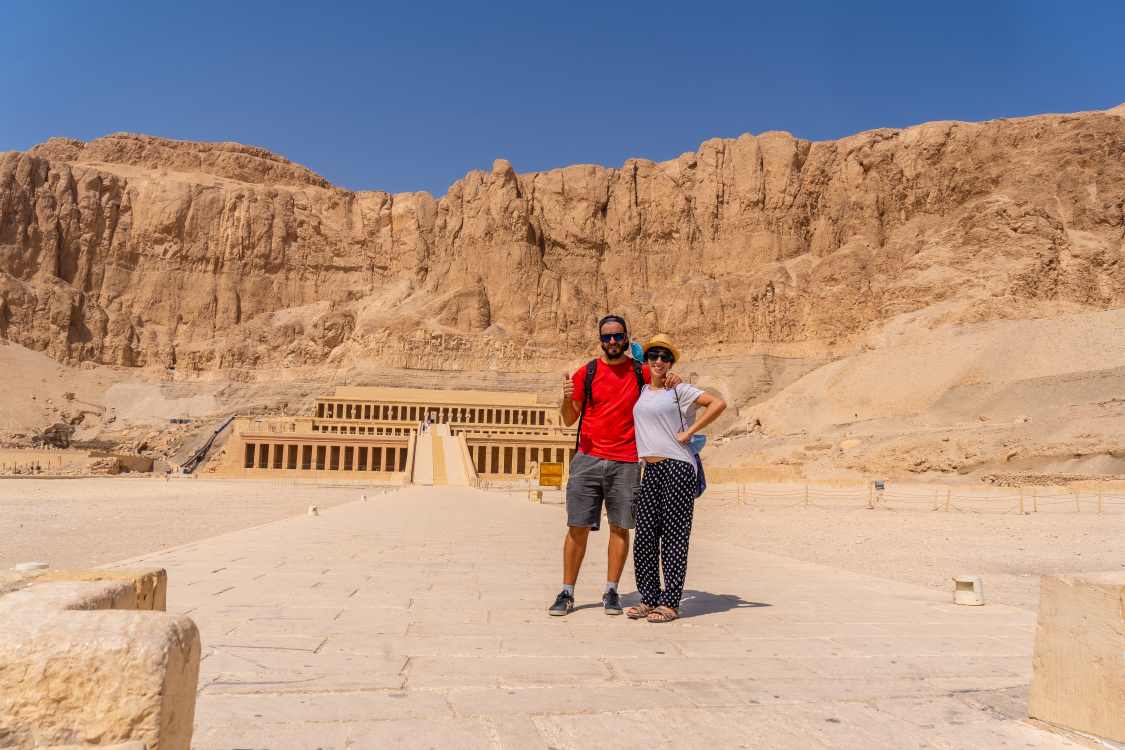
Hatshepsut's temple at Deir el-Bahri is an awe-inspiring example of the architecture of ancient Egypt. It was designed by Senenmut, Hatshepsut's trusted advisor and possibly her lover. The temple is carved out of the living rock at Deir el-Bahri. It consists of a series of terraces, colonnades, and shrines dedicated to various deities. This temple is not only a monument to Hatshepsut's reign; it is also a testament to the ingenuity and artistic skill of the ancient Egyptians.
Under Hatshepsut's rule, Egyptian art and culture flourished. She was a great patron of the arts, commissioning numerous works that pushed Egyptian artistic conventions in new directions. Among many such artistic innovations include:
- More naturalistic sculptural styles
- New architectural forms, such as her unique mortuary temple
- Detailed narrative reliefs of her deeds
- Reviving and reinterpreting the artistic styles of the Old Kingdom.
Most of the artistic achievements from the reign of Hatshepsut influenced to Egyptian art generations that followed.
Hatshepsut’s Obelisks: Symbols of Power
Hatshepsut built many obelisks in Egypt, including those at the Karnak Temple complex. These giant stones, cut as one piece of granite, represented the connection of the Pharaoh to Amun, a sun god and a symbol of royal power. Building and placing them was an incredible act of engineering capability. This only goes to prove that the old Egyptians were among the most powerful people.
6. Hatshepsut's Relationship with Senenmut
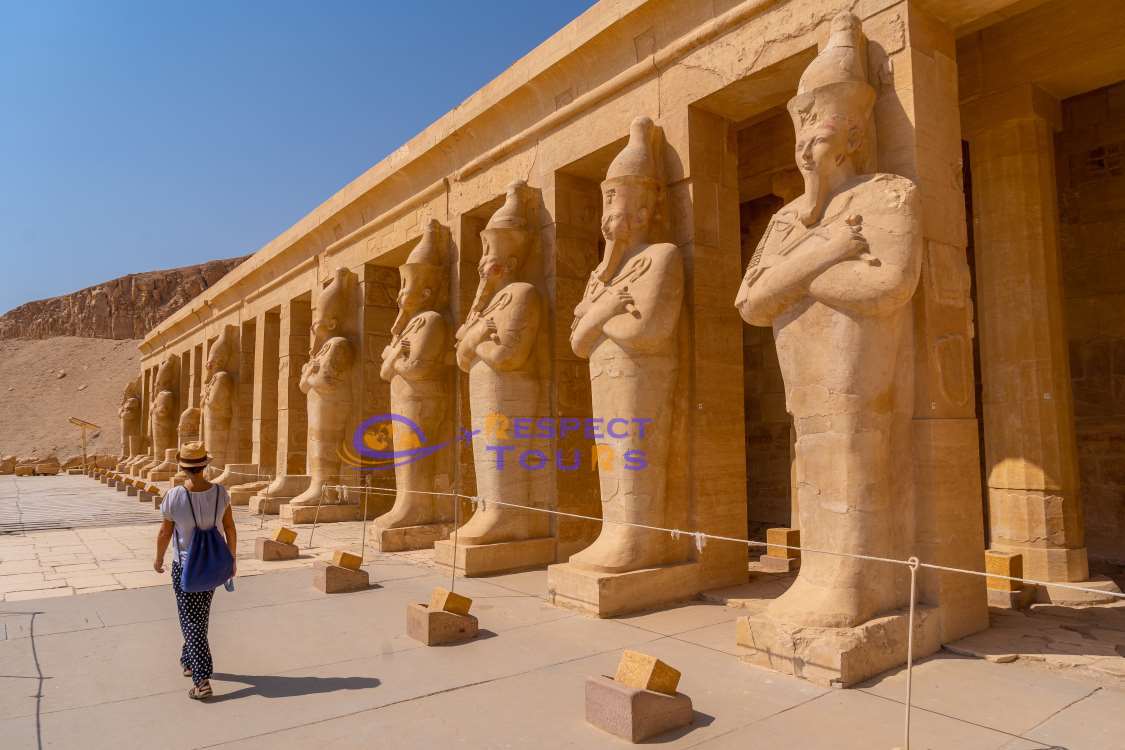
One of the most fascinating personalities of the reign of Hatshepsut was her steward and architect, Senenmut. Senenmut was a commoner who managed to climb the ranks and become one of the most influential officials in Egypt.
Key facts about Senenmut:
- Steward of Hatshepsut's daughter Neferure
- Chief architect for Hatshepsut's building projects
- May have had a romantic relationship with Hatshepsut
- Had nearly 100 statues depicting himself
- The tomb was built near Hatshepsut's mortuary temple
The nature of the relationship between Hatshepsut and Senenmut remains a subject of debate among Egyptologists.
7. Hatshepsut and Thutmose III: A Complex Relationship
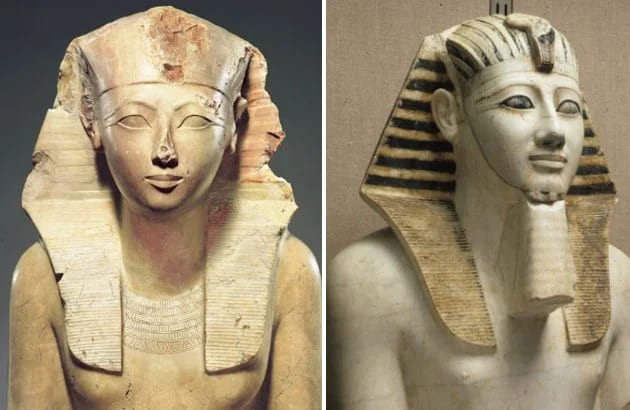
One of the hottest topics is her relationship with her stepson Thutmose III. During the reign of this woman, he was in subordination. Tuthmose III did reign after Hatshepsut and ordered her name and image deleted from many monuments. Because of this, many consider them to have a bitter rivalry. Some scholars, however, believe that Thutmose III was strictly politically motivated to establish for a certainty his claim to the throne and eliminate any precedent for a female pharaoh.
8. Hatshepsut’s Beauty: An Icon of Egyptian Elegance
While the descriptions of Hatshepsut's physical appearance are scanty, statues and depictions of her show a grand, dignified lady. She was often depicted in an expression and with features very serene and elegant. Though she adopted male pharaonic attire, her statues at times subtly showed her feminine form. For this, she is considered an icon of beauty in ancient Egypt.
9. Hatshepsut’s Disappearance from Records: A Mystery
Her name and pictures were systematically removed from most monuments after she died. Due to this act, she had been completely forgotten for many centuries. It was only in the 19th century that archaeologists managed to rediscover her. Why this erasure was done is a matter of debate. As noted above, the most popular opinion considers this revenge on the part of Thutmose III. Others suggest it was a restoration to traditional dynastic succession.
- Her name and image were chiseled off many monuments
- Her statues were torn down and defaced
- Her name was omitted from king lists
- Thutmose III backdated his reign to Hatshepsut's coronation
This attempt at historical revisionism was likely politically motivated rather than from personal hatred. Hatshepsut's building projects were simply too massive to completely erase her legacy.
10. Hatshepsut’s Legacy: A Powerful Influence
But despite all attempts at erasing her from history, Hatshepsut lives on. She is remembered as one of the most successful and influential rulers of ancient Egypt. She had brought prosperity and stability to the kingdom during her reign. Her architectural feats continue to amaze visitors to this day. She proved that a woman could rule Egypt with strength and wisdom. She paved the way for future generations. And her story continues to inspire and fascinate people from every part of the world.
Despite efforts at erasing her from history, Hatshepsut's reign indelibly etched onto ancient Egypt the following achievements:
- Set precedent for female rule in Egypt
- Presided throughout peace and economic prosperity
- Took Egyptian art and architecture further
- Expanded trade networks/foreign relations
- Inspired future women rulers in Egypt and beyond
Today, Hatshepsut is recognized as one of Egypt's most successful pharaohs regardless of gender. Her remarkable achievements continue to fascinate scholars and the public alike.
|
Reign |
c. 1473–1458 BCE |
|
Predecessor |
Thutmose II |
|
Successor |
Thutmose III |
|
Royal titulary |
Maatkare ("Truth is the Soul of Ra") |
|
Born c. |
1508 BCE |
|
Died |
1458 BCE (aged about 50) |
|
Burial KV20 |
(?) |
|
Monuments |
Mortuary Temple of Hatshepsut, Karnak Temple |
More About Hatshepsut's Remarkable Reign
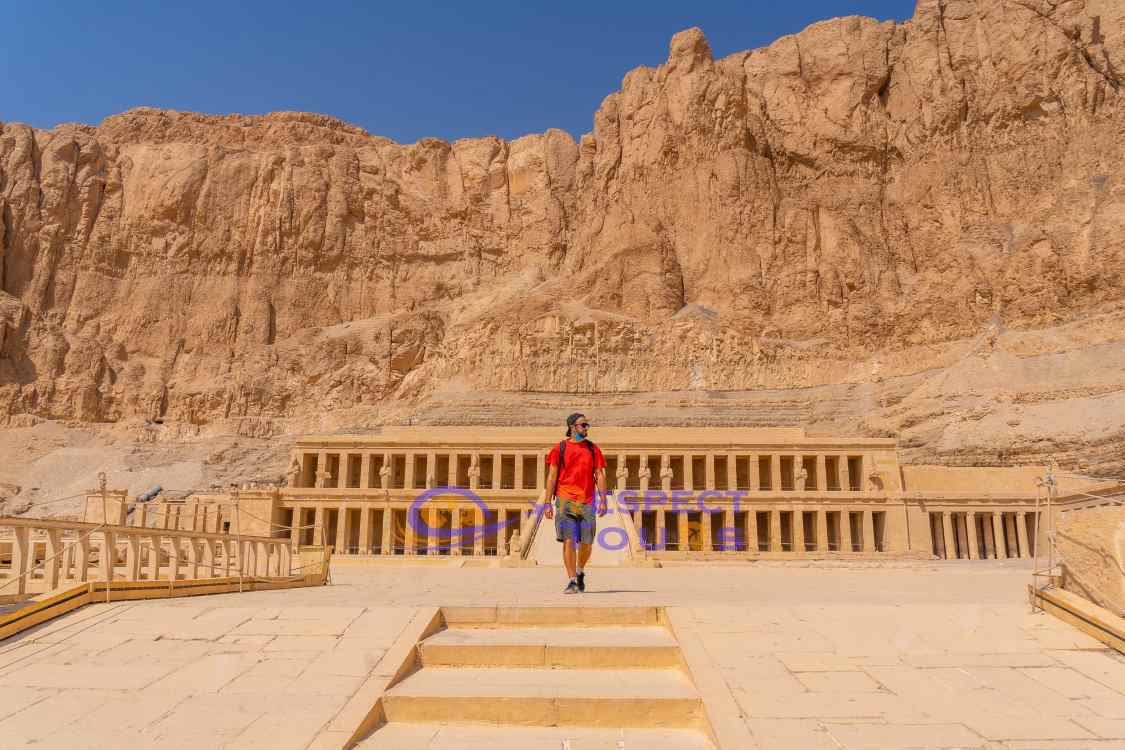
The reign of Hatshepsut is regarded as the golden age of Egypt because her attention was riveted upon trade, construction, and internal development, thus bringing vast wealth and stability to the country. To name a few, she commissioned the following important projects:
- Restoring Temples: Hatshepsut restored many temples which were destroyed during the Hyksos occupation. By doing this, she paid respect for restoring the cultural heritage of Egypt.
- Building Projects at Karnak: She continued the building and expansion of the Karnak Temple complex, adding new structures and obelisks. This further enhanced the importance of the temple as a religious center.
- Trade with Punt: The Punt expedition brought back many goods. It also established some very important trade routes. This enriched Egypt and strengthened its position in the region.
Hatshepsut and the Role of Women in Ancient Egypt
The elevation of Hatshepsut testifies to the high status a woman could reach in ancient Egypt. Even though they did not commonly enjoy political power, still they had big legal and economic rights. A woman's rights also extend to owning property, business transactions, and even divorcing her spouse. Indeed, Hatshepsut is one example; it exemplifies all possible ways can women expect in an ancient Egyptian social structure.
Hatshepsut: An Icon of Beauty and Elegance in Ancient Egypt
![]()
Hatshepsut was not only a powerful and innovative ruler but also an icon of beauty and elegance in ancient Egypt. Her statues, reliefs, and depictions reveal a woman who carefully curated her appearance to reflect her royal status and divine authority. Let’s explore how Hatshepsut used beauty tools, clothing, and accessories to project her image as a regal and sophisticated female pharaoh.
Hatshepsut’s Beauty: A Blend of Power and Grace
Hatshepsut’s beauty was celebrated in her time, and her depictions often highlight her delicate features, serene expression, and regal demeanor. While she adopted the traditional attire of a male pharaoh to legitimize her rule, her feminine elegance was subtly emphasized in her statues and reliefs.
Key Points:
- Her statues often combined masculine and feminine traits, showcasing her authority and grace.
- She was depicted with a slender figure, almond-shaped eyes, and a calm, confident expression.
- Her beauty was not just physical but also symbolic, representing her divine connection and royal status.
The Tools of Beauty: How Hatshepsut Enhanced Her Appearance
Like many ancient Egyptians, Hatshepsut used a variety of beauty tools and cosmetics to enhance her appearance. These tools were not just for aesthetics but also had cultural and religious significance.
Eyeliner: The Iconic Kohl
One of the most iconic beauty tools used by Hatshepsut was kohl, a type of eyeliner made from crushed minerals like galena. Kohl was applied to the eyes using a small stick or brush, creating the dramatic, almond-shaped look seen in her depictions.
- Purpose: Kohl protected the eyes from the sun and infections, while also symbolizing protection from evil spirits.
- Style: Hatshepsut’s eyeliner was thick and extended outward, emphasizing her eyes and giving her a striking, regal appearance.
Perfumes and Oils
Hatshepsut would have used fragrant oils and perfumes made from myrrh, frankincense, and other exotic ingredients brought back from her expedition to Punt. These scents were a symbol of luxury and divine favor.
- Purpose: Perfumes were used to moisturize the skin and mask body odor in Egypt’s hot climate.
- Symbolism: The use of rare scents highlighted her wealth and connection to the gods.
Skincare and Makeup
Hatshepsut likely used natural ingredients like honey, milk, and aloe vera to maintain her skin’s health and radiance. Red ochre was used to tint the lips and cheeks, adding a touch of color to her face.
- Purpose: These natural ingredients keep the skin soft and protected from the harsh desert environment.
- Symbolism: A flawless complexion was associated with purity and divine beauty.
Hatshepsut’s Clothing: A Symbol of Power and Elegance
Hatshepsut’s clothing was carefully chosen to reflect her dual role as a female pharaoh and a divine ruler. She blended traditional male attire with subtle feminine touches to create a unique and powerful image.
The Pharaoh’s Regalia
To legitimize her rule, Hatshepsut often wore the traditional attire of a male pharaoh, including:
- The Shendyt: A pleated kilt worn by kings, symbolizing authority and strength.
- The Nemes Headdress: A striped headcloth worn by pharaohs, often paired with the uraeus (a cobra symbol) to represent protection and sovereignty.
- The False Beard: A symbolic beard worn by pharaohs to signify their connection to the gods.
Feminine Touches
While adopting male attire, Hatshepsut also incorporated elements that highlighted her femininity:
Sheer Dresses: She was sometimes depicted wearing a long, sheer dress beneath her kilt, emphasizing her elegance and grace.
Jewelry: Hatshepsut adorned herself with elaborate jewelry, including necklaces, bracelets, and earrings made of gold, lapis lazuli, and other precious materials.
Hatshepsut’s Crowns and Accessories
Hatshepsut’s choice of crowns and accessories further reinforced her status as a divine ruler. She often wore:
- The Double Crown: Combining the white crown of Upper Egypt and the red crown of Lower Egypt, symbolizing her rule over a unified kingdom.
- The Atef Crown: A feathered crown associated with the god Osiris, emphasizing her divine authority.
- The Ankh and Scepter: Symbols of life and power, often held in her hands in statues and reliefs.
Hatshepsut’s Beauty and Legacy
Hatshepsut’s beauty was more than skin deep; it was a reflection of her intelligence, strength, and divine connection. By carefully curating her appearance, she projected an image of power and elegance that resonated with her people and solidified her place in history.
Key Points:
- Her use of cosmetics and clothing was both practical and symbolic.
- She blended masculine and feminine elements to create a unique and powerful image.
- Her beauty and style continue to inspire admiration and fascination today.
Hatshepsut’s Death and Burial

The circumstances of her death are unknown. She would have been in her late forties or early fifties when she died. Her mummy was finally found in the Valley of the Kings in 2007. The finding brought great insight into her life and health. It also solved the long mystery about her final resting place.
Like other pharaohs, Hatshepsut prepared an elaborate tomb and burial for her afterlife. However, for many centuries, her mummy remained lost. Recent research has made the following discoveries:
- Hatshepsut was probably buried in tomb KV20 in the Valley of the Kings
- Her sarcophagus was there but her mummy was missing
- In 2007, a mummy found in KV60 was identified as probably Hatshepsut
- DNA testing confirmed the mummy's royal lineage
The unearthing of Hatshepsut's mummy was a big strike in the field of Egyptology, though some uncertainty still surrounds its identification.
Conclusion:
Hatshepsut's story is one of resilience, ambition, and innovation. She defied convention to become one of Egypt's most successful pharaohs. Her reign brought prosperity and stability to the kingdom. Her architectural achievements continue to inspire awe. Hatshepsut remains an enduring icon of ancient Egypt. Her story continues to captivate and inspire people around the world. We hope these 10 interesting facts about Hatshepsut have enlightened you. If you’re interested in learning more about ancient Egypt, please check out our other articles and tours at Respect Egypt Tours. We offer unique and enriching experiences that will take you on a journey through the fascinating world of the pharaohs.
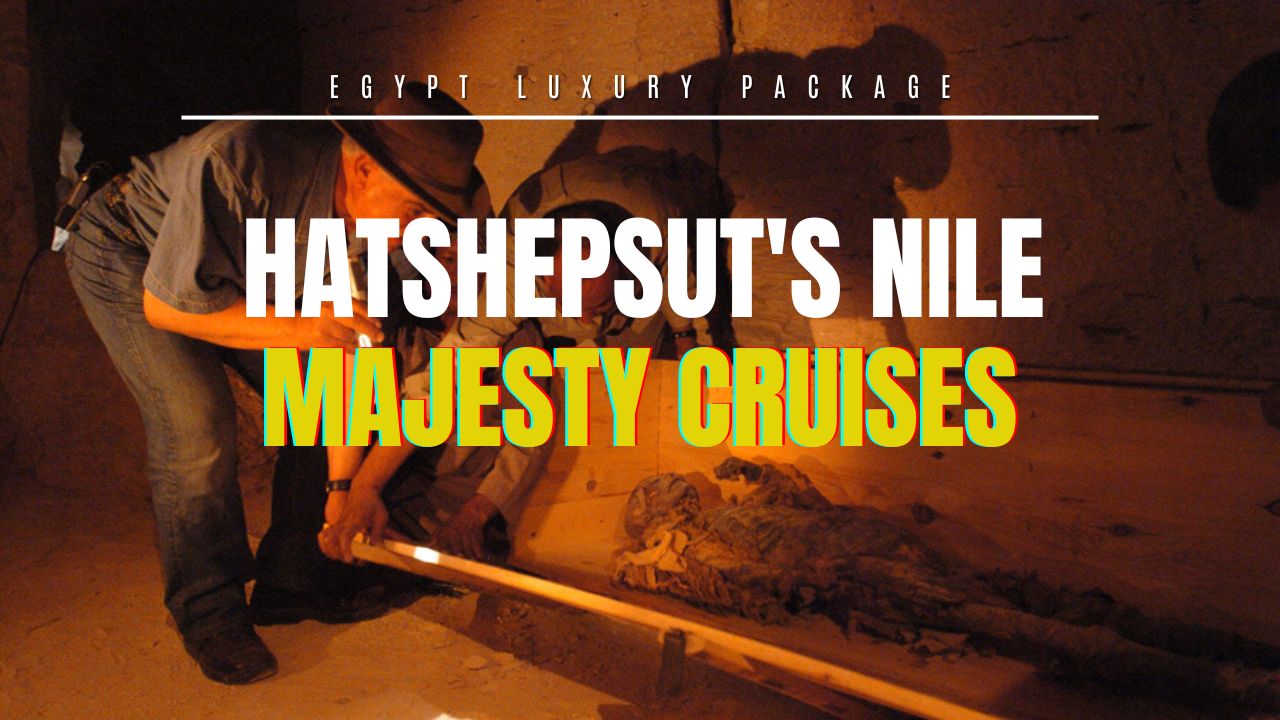
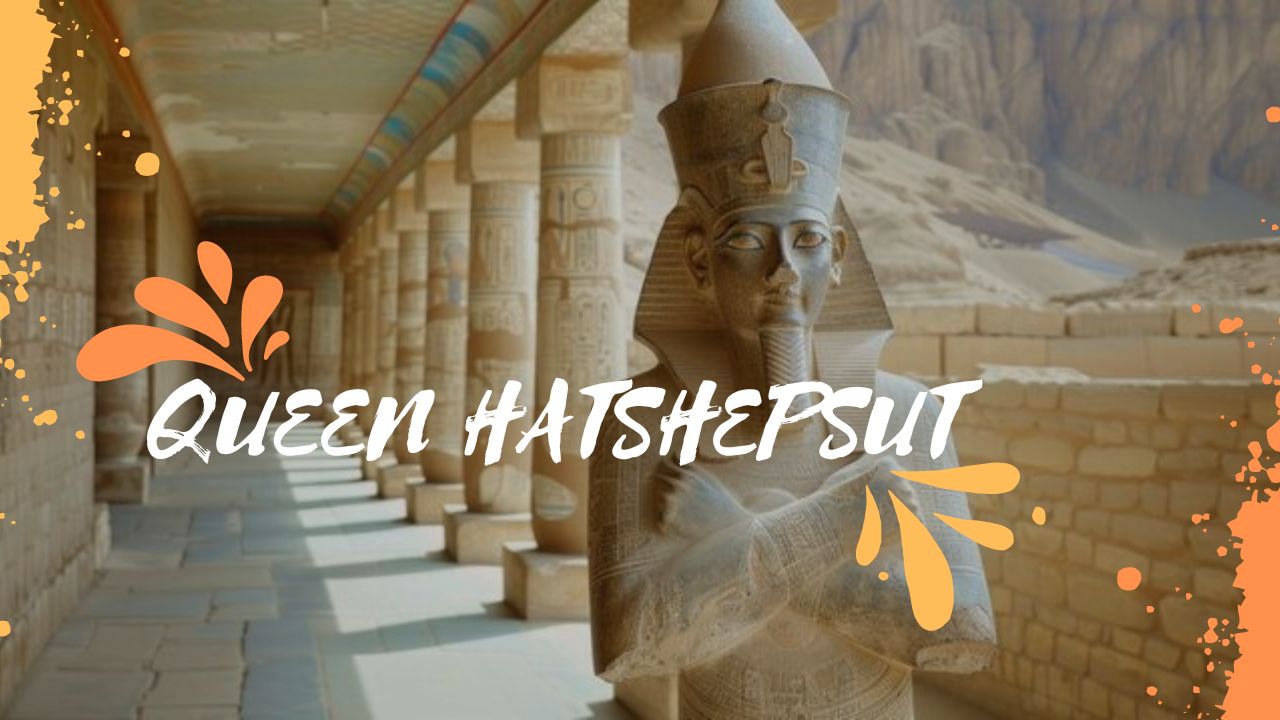





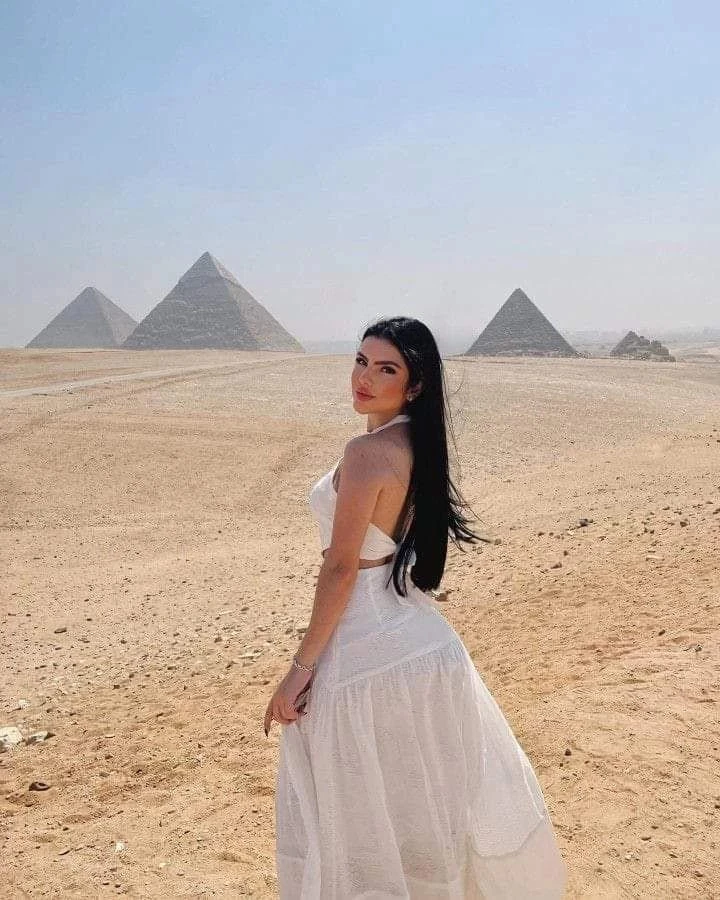
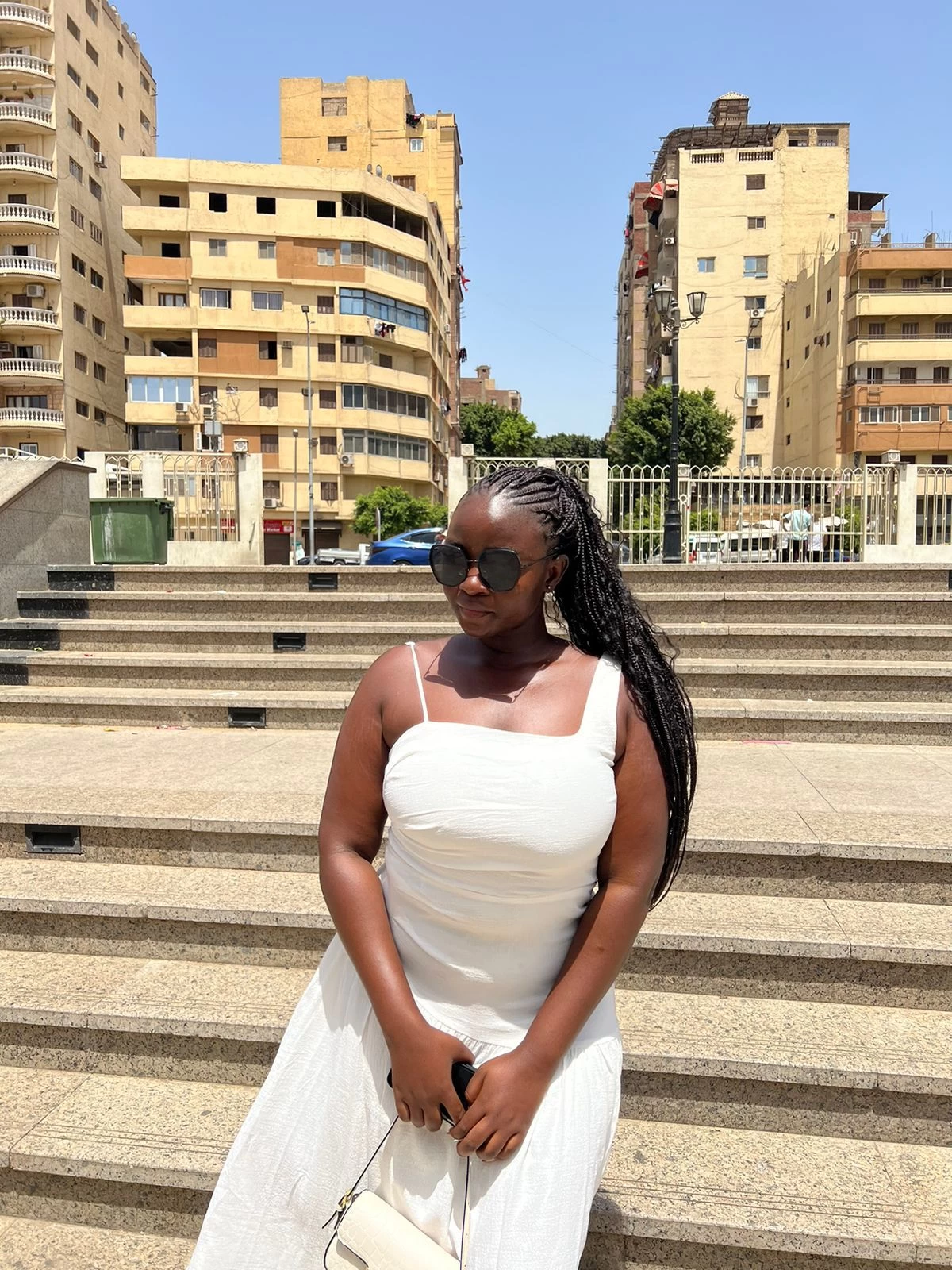
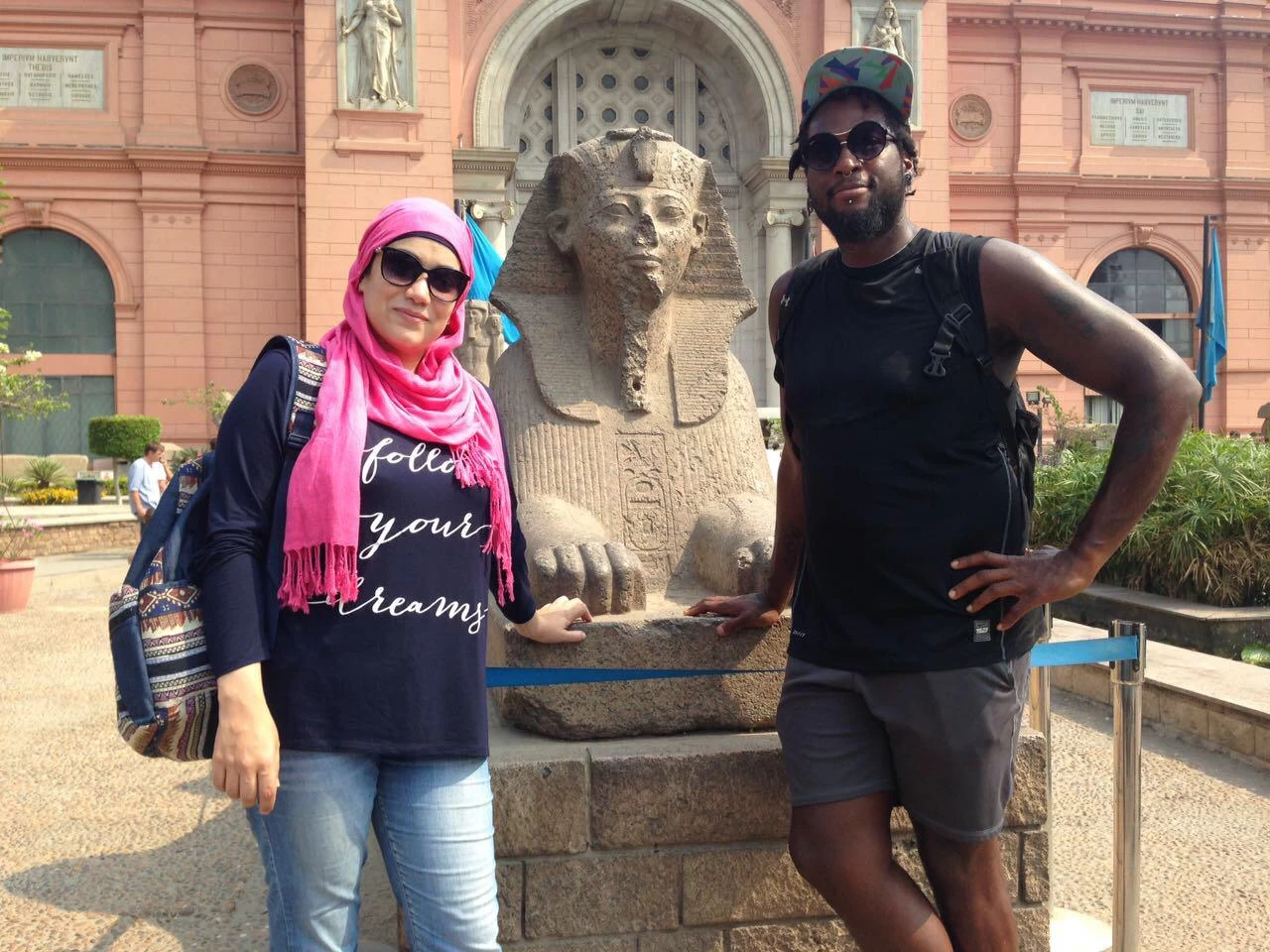
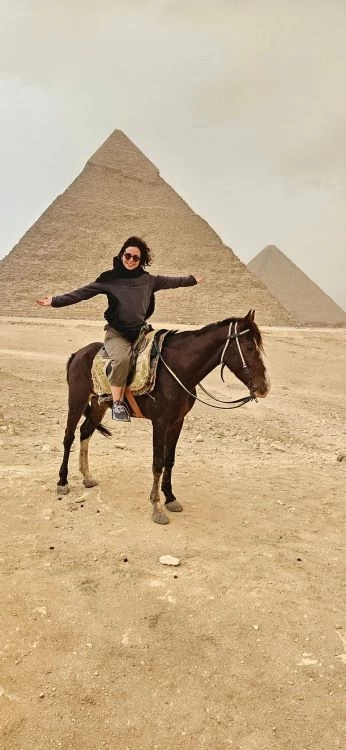
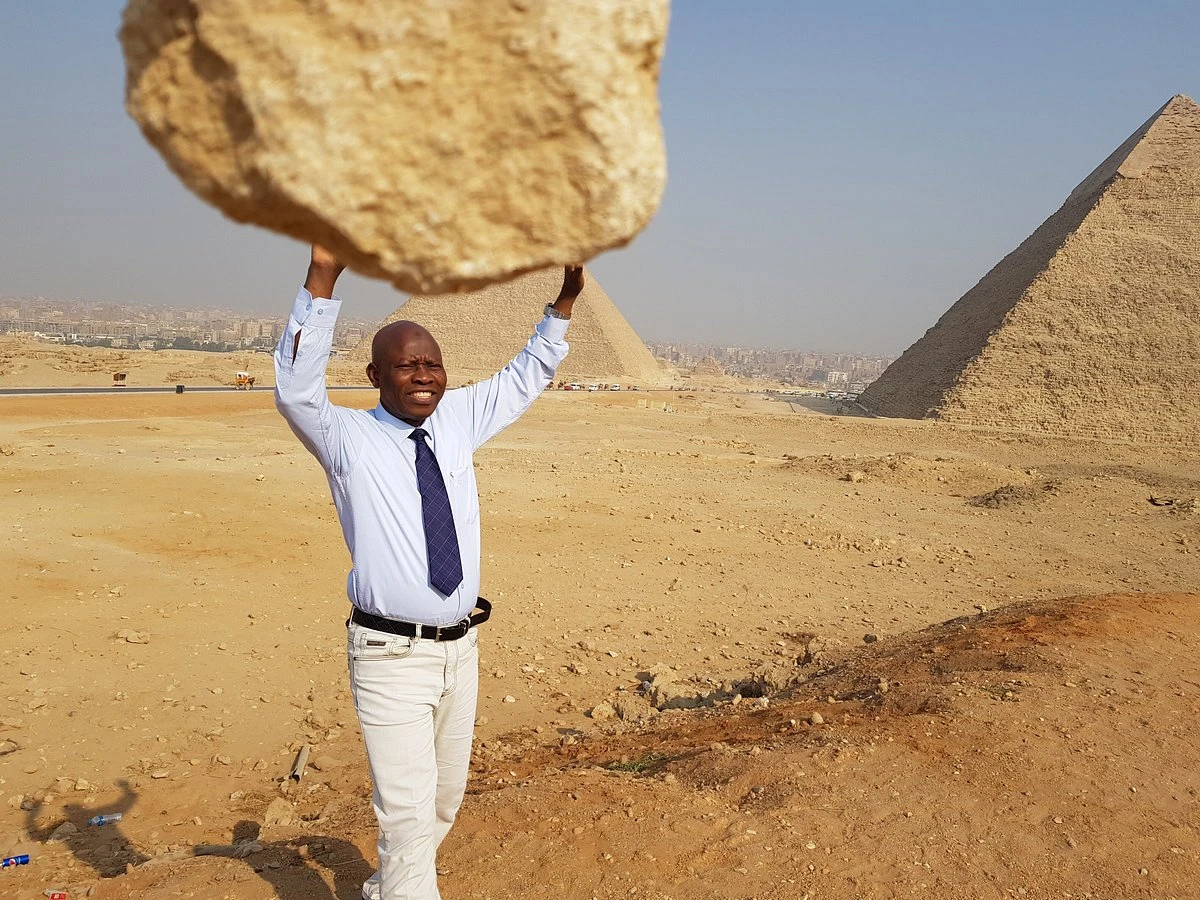
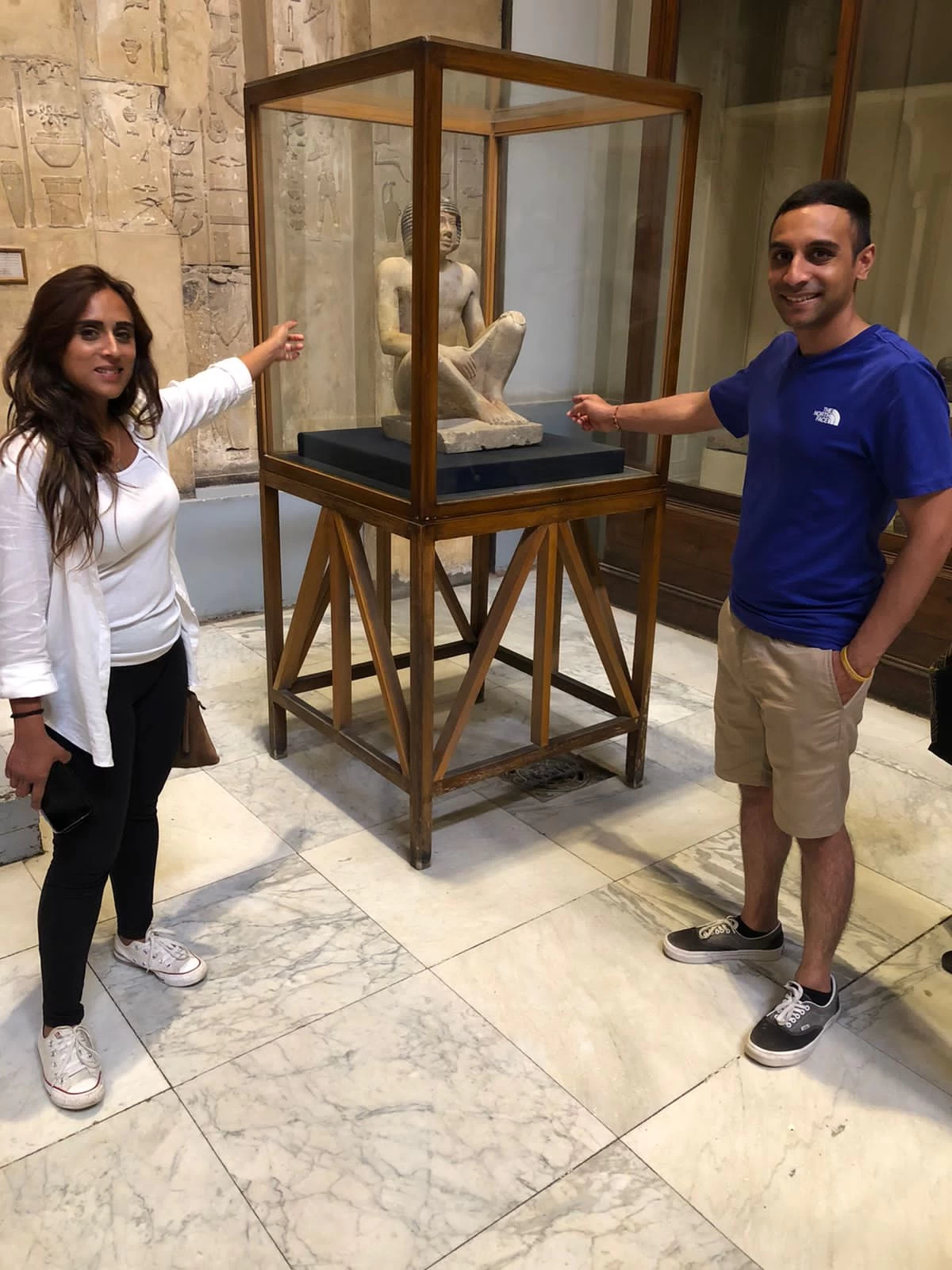
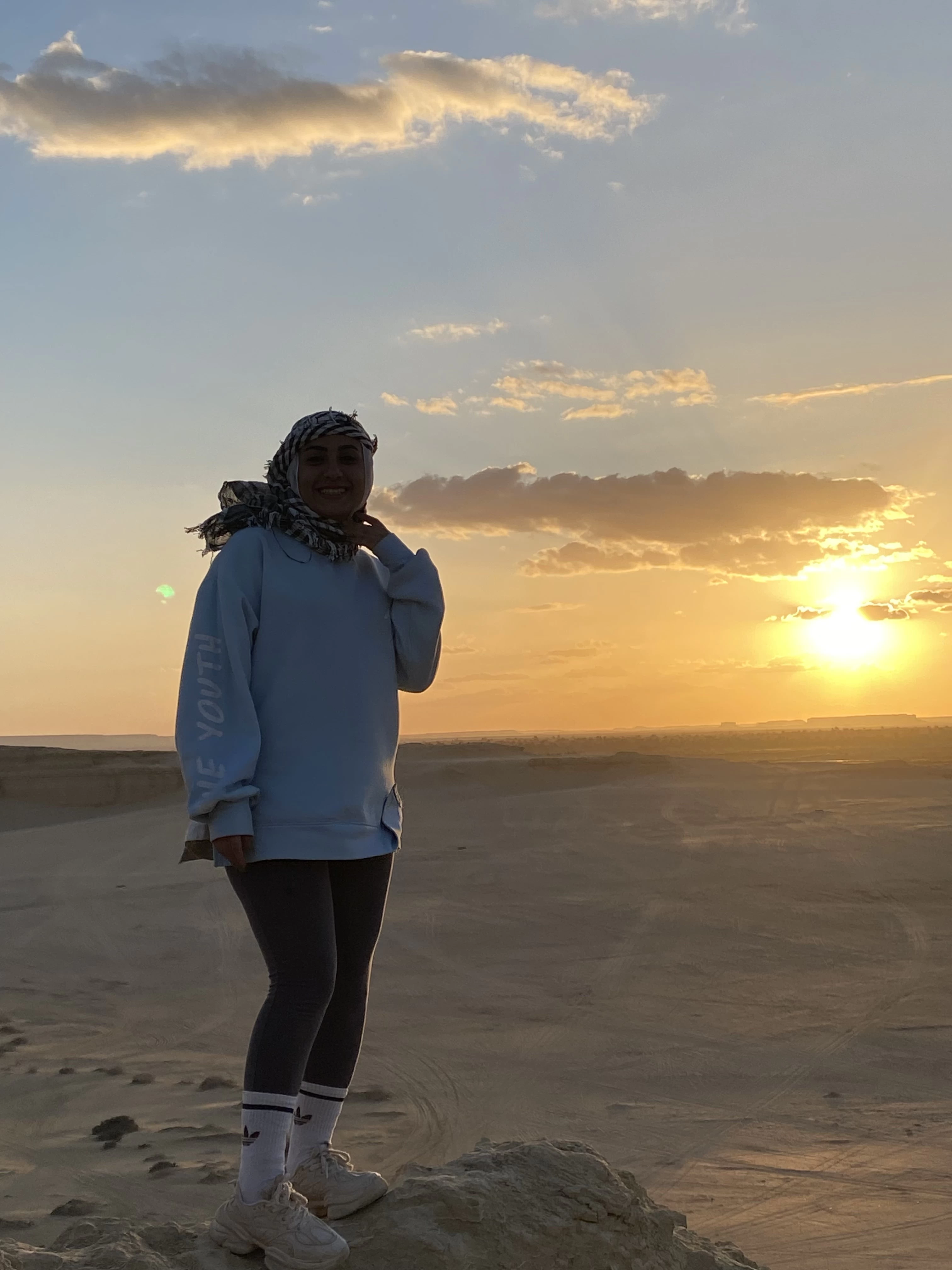
-webp.webp)

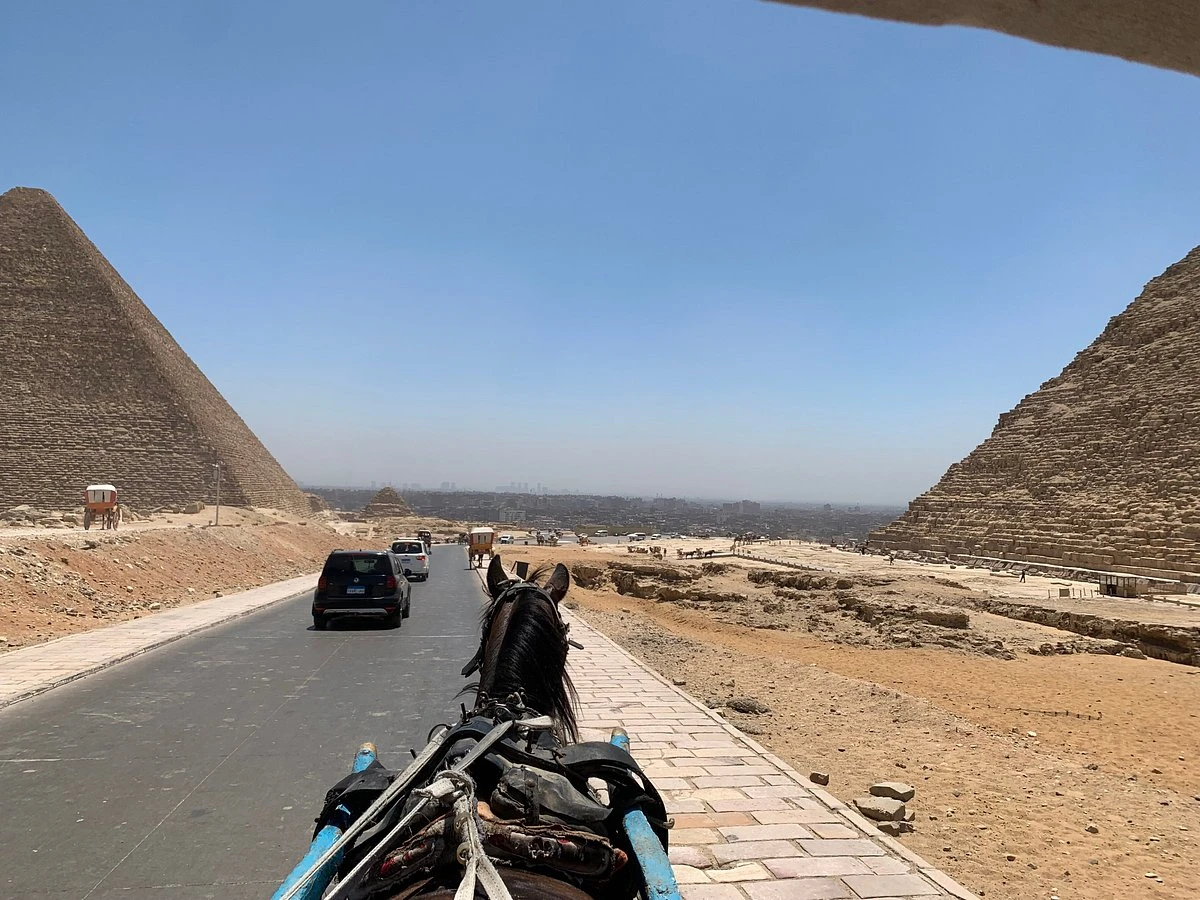
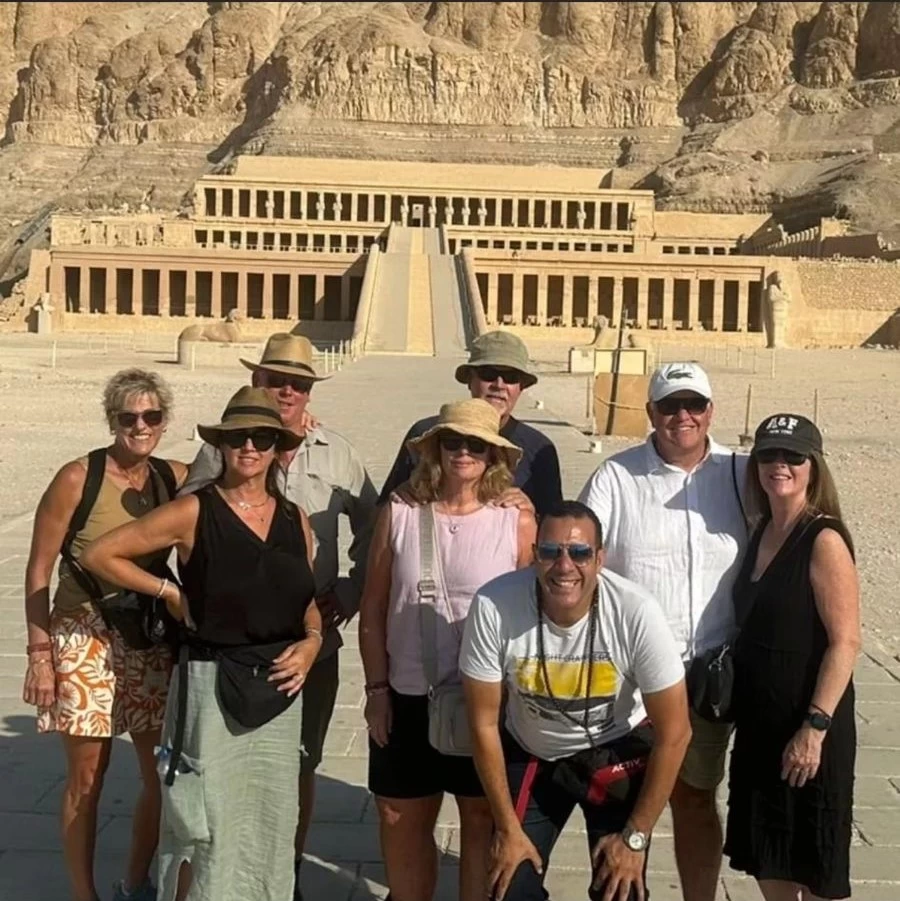
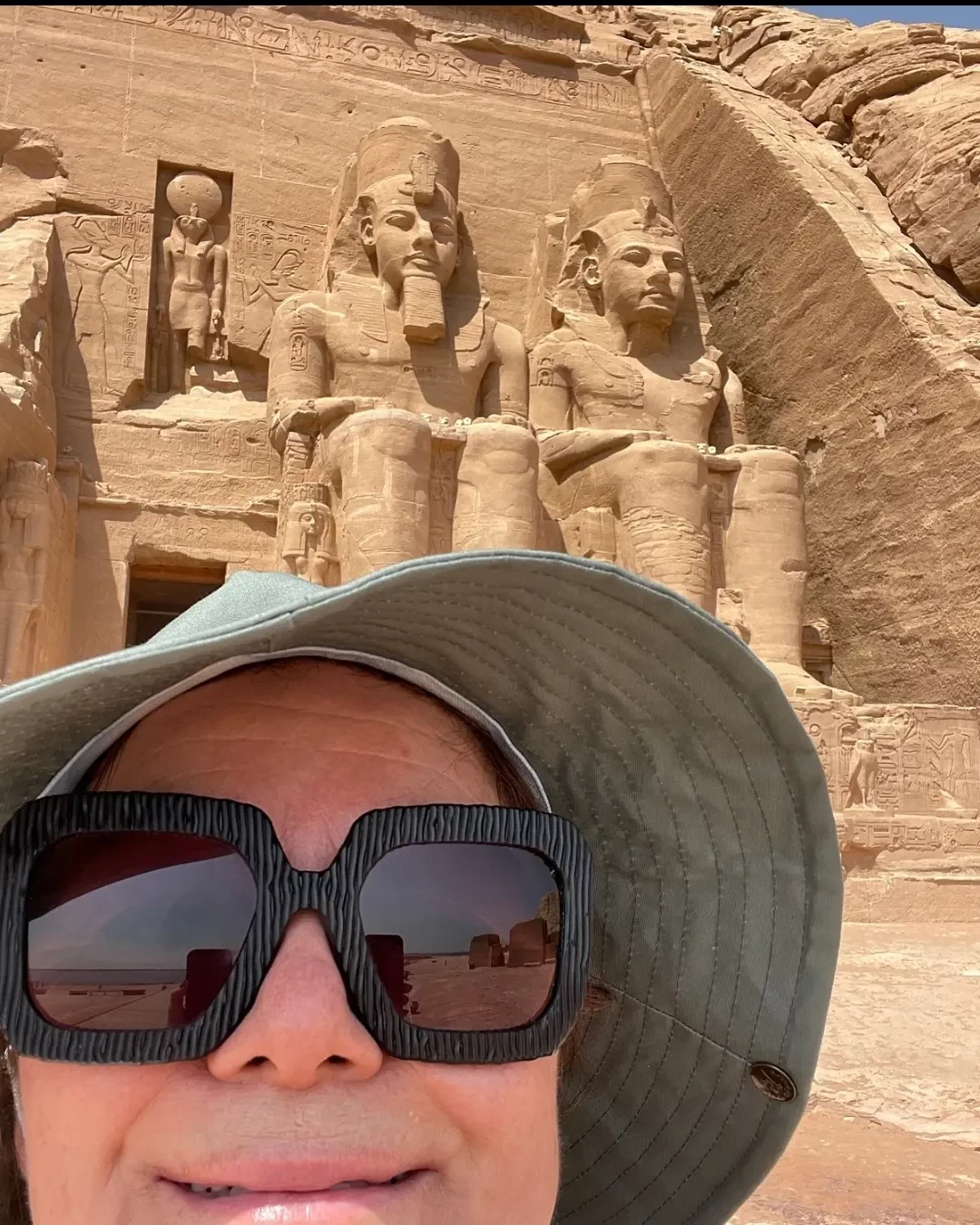
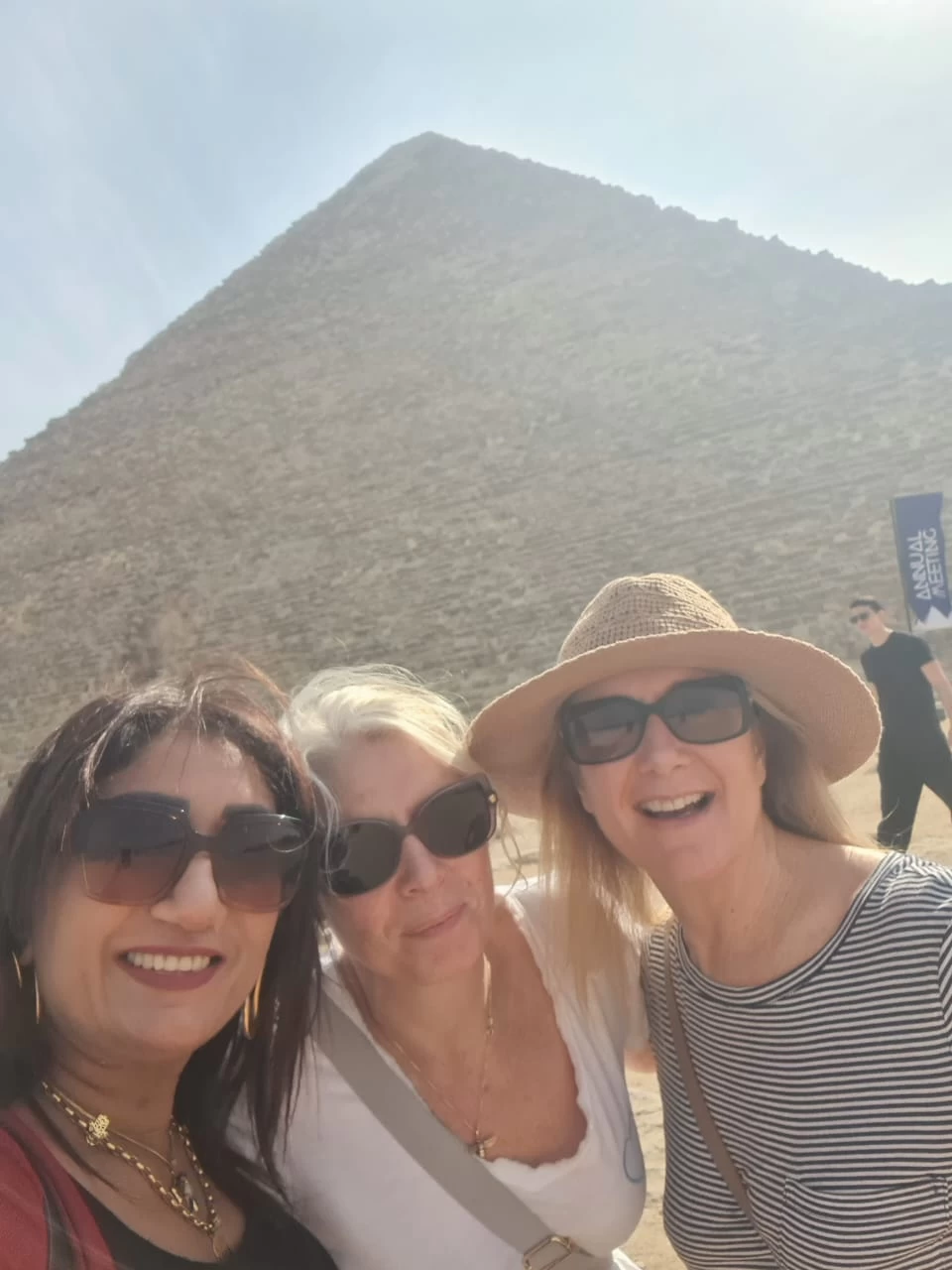
-webp.webp)

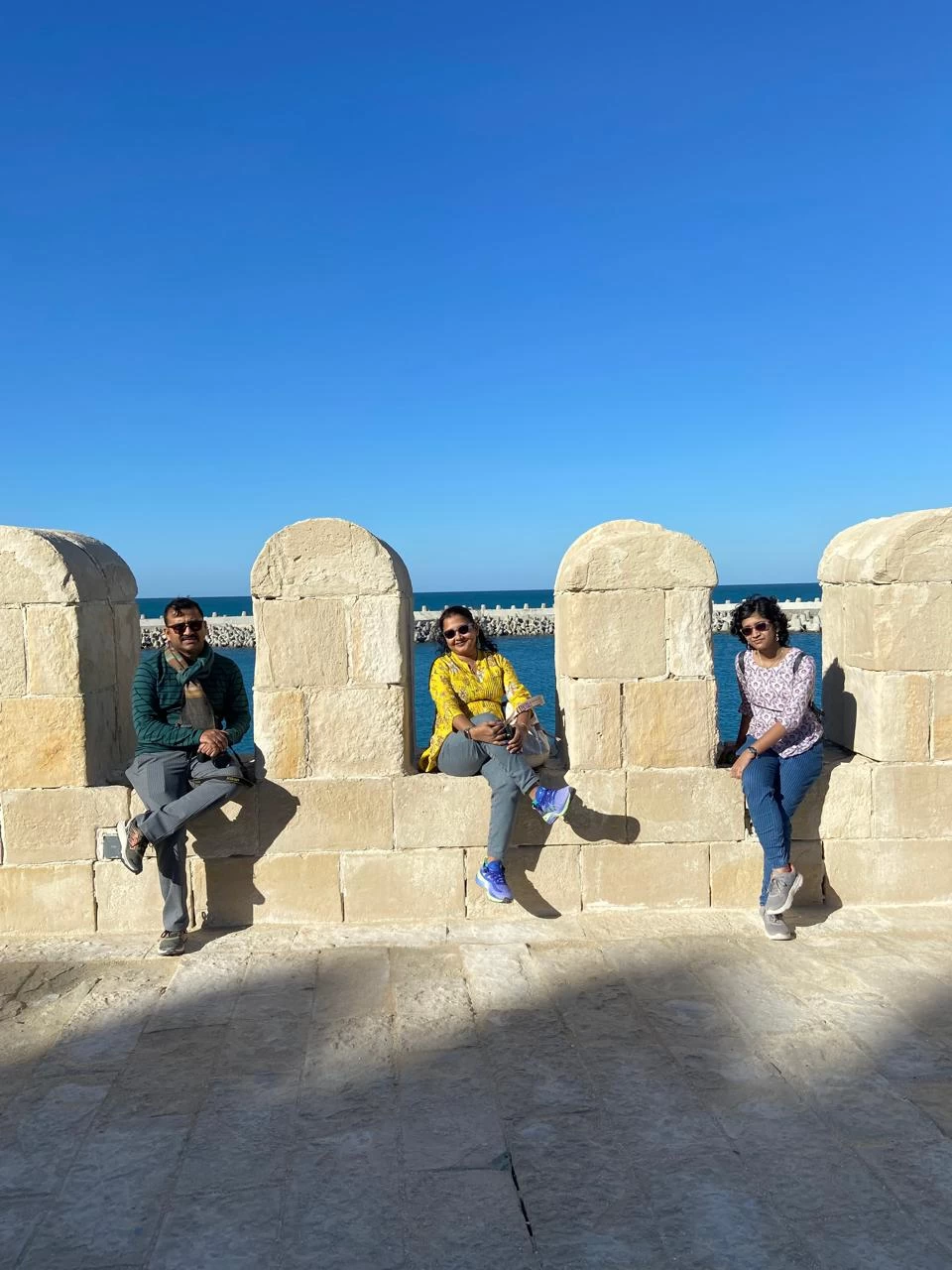
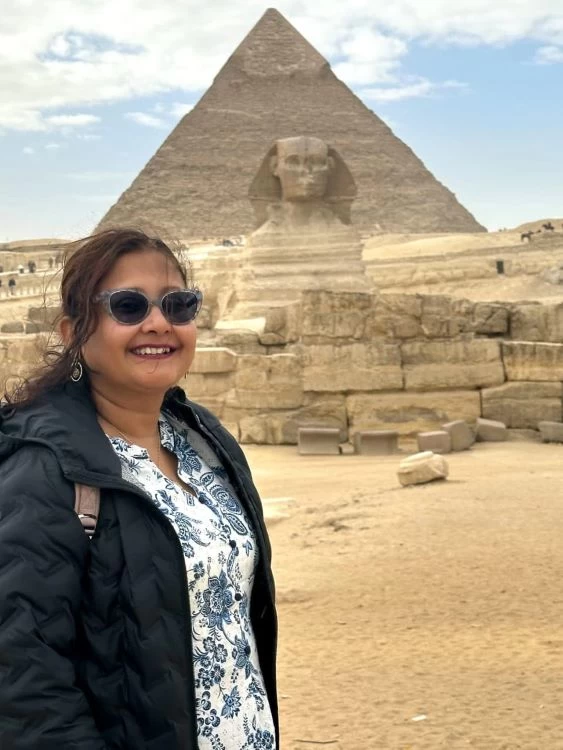
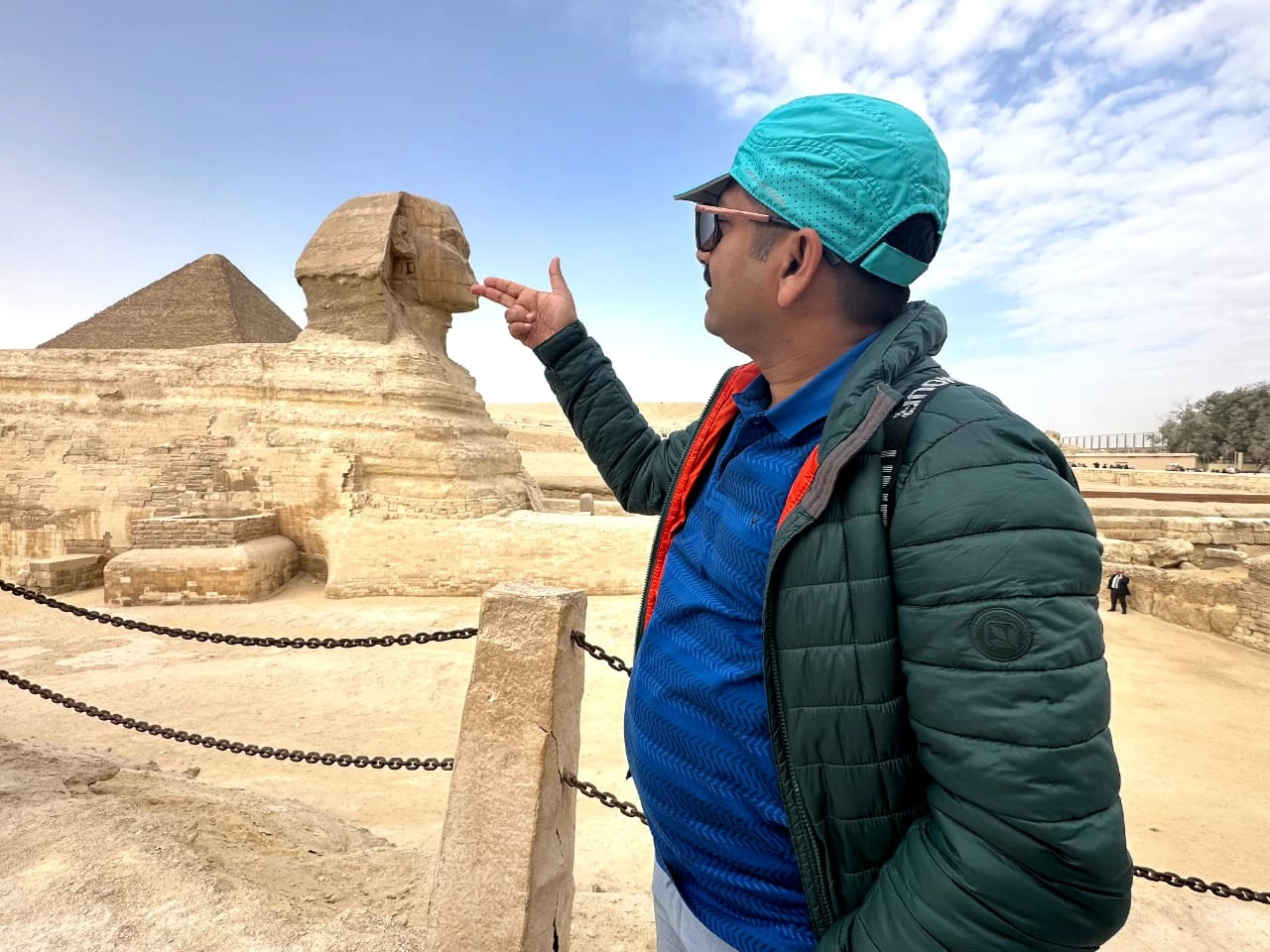
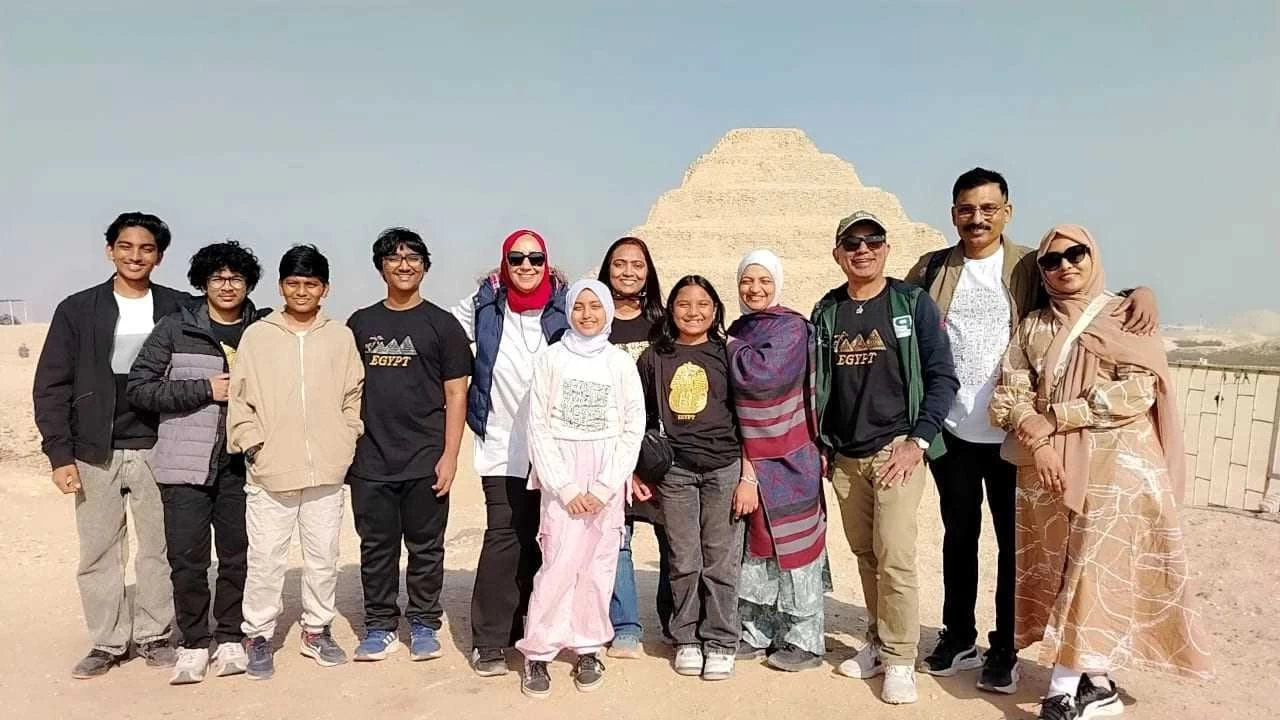
-webp.webp)
-webp.webp)
-webp.webp)
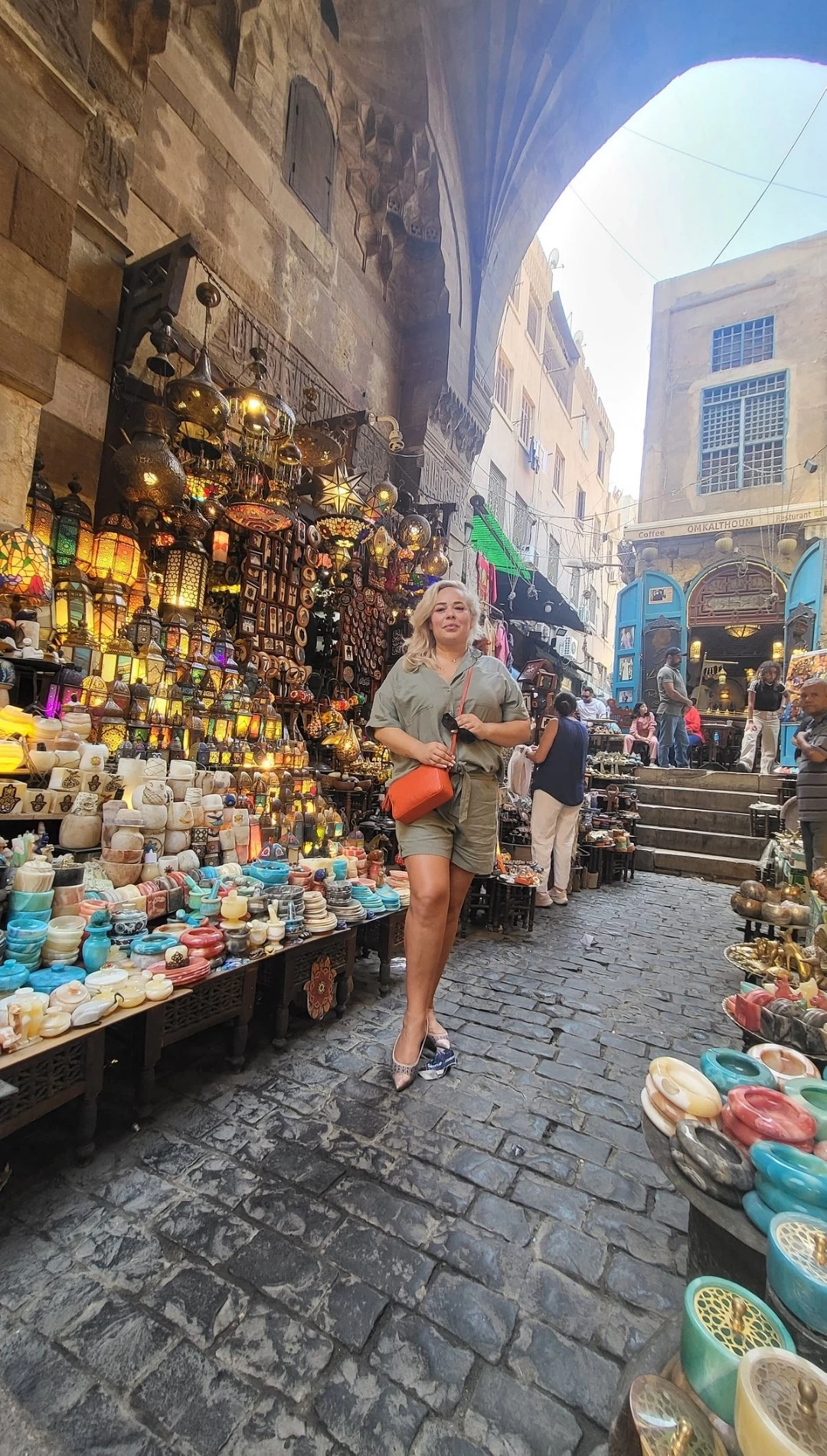
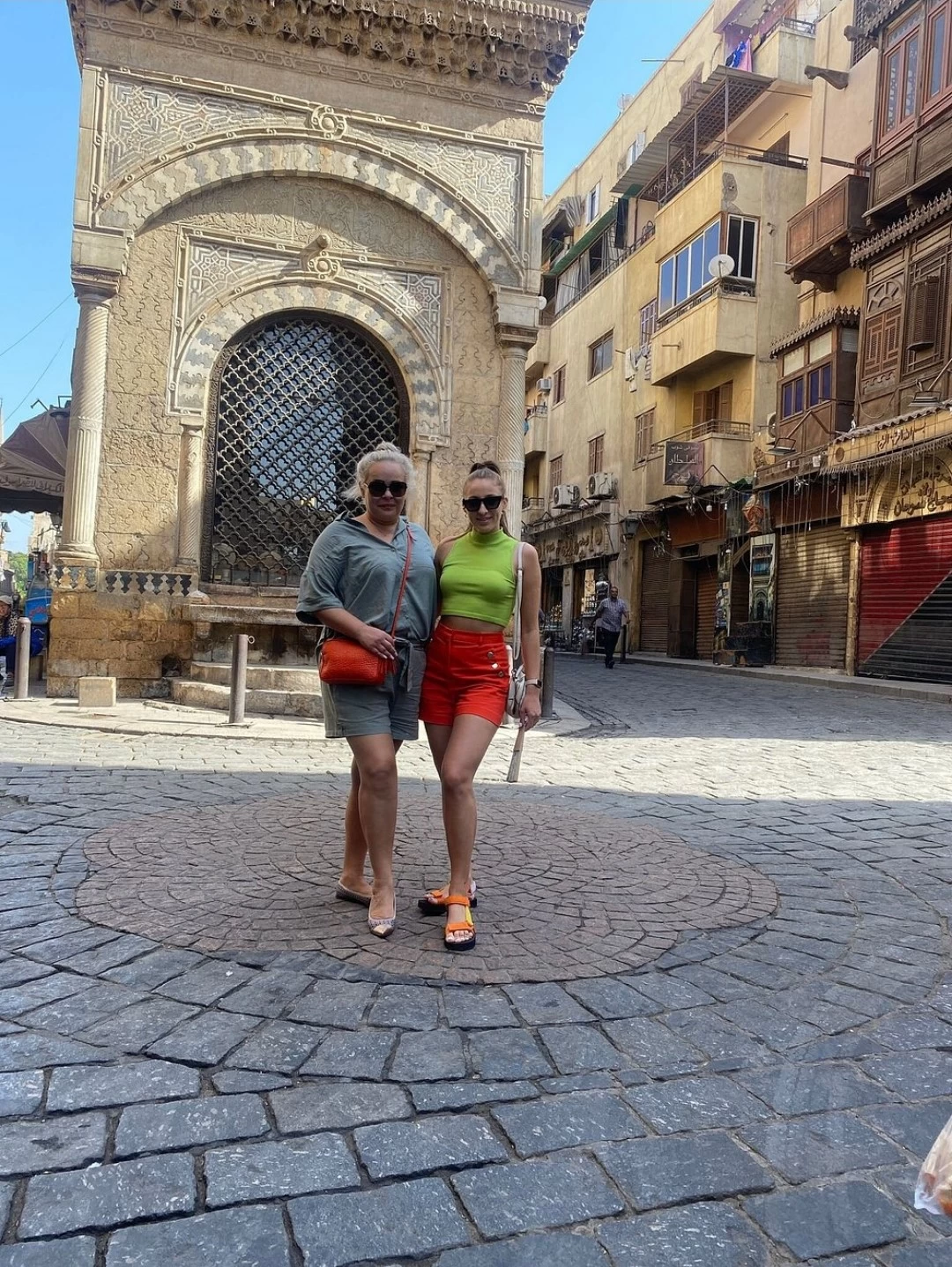

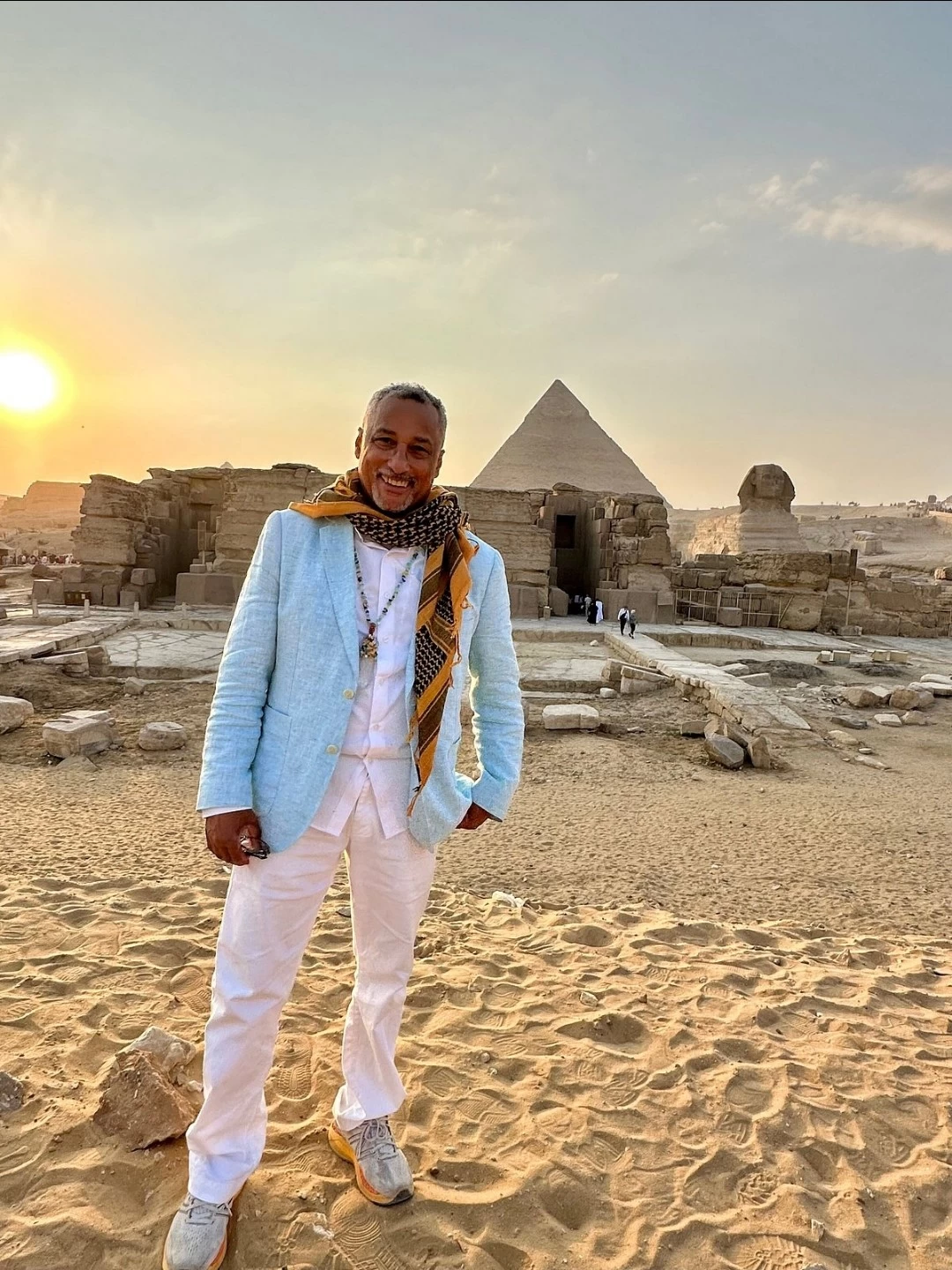
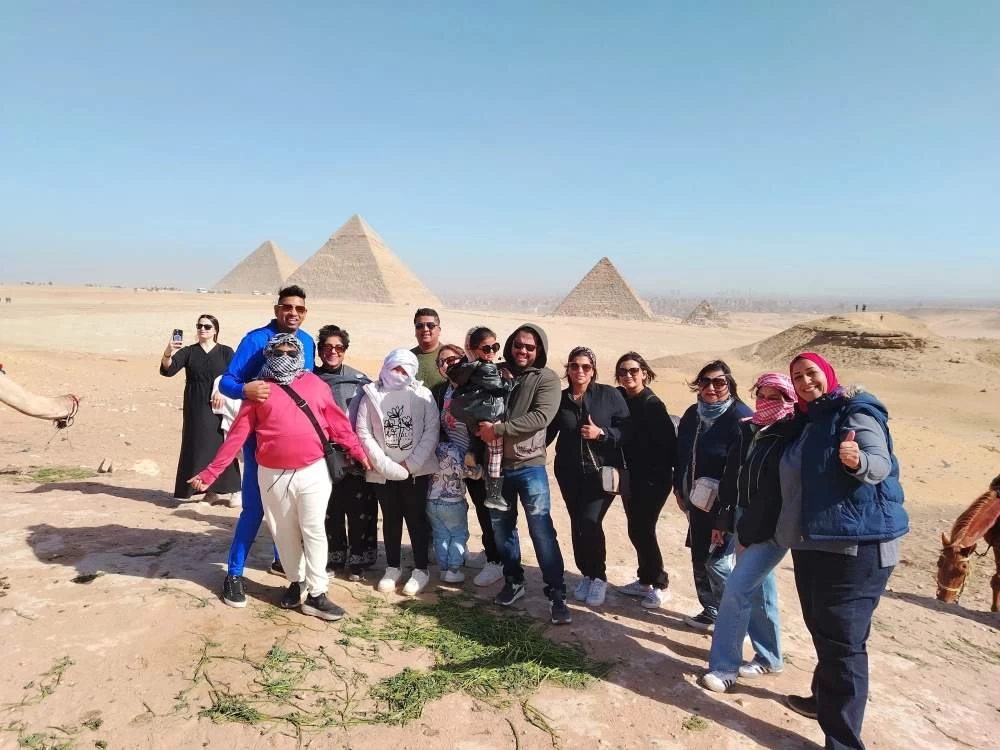
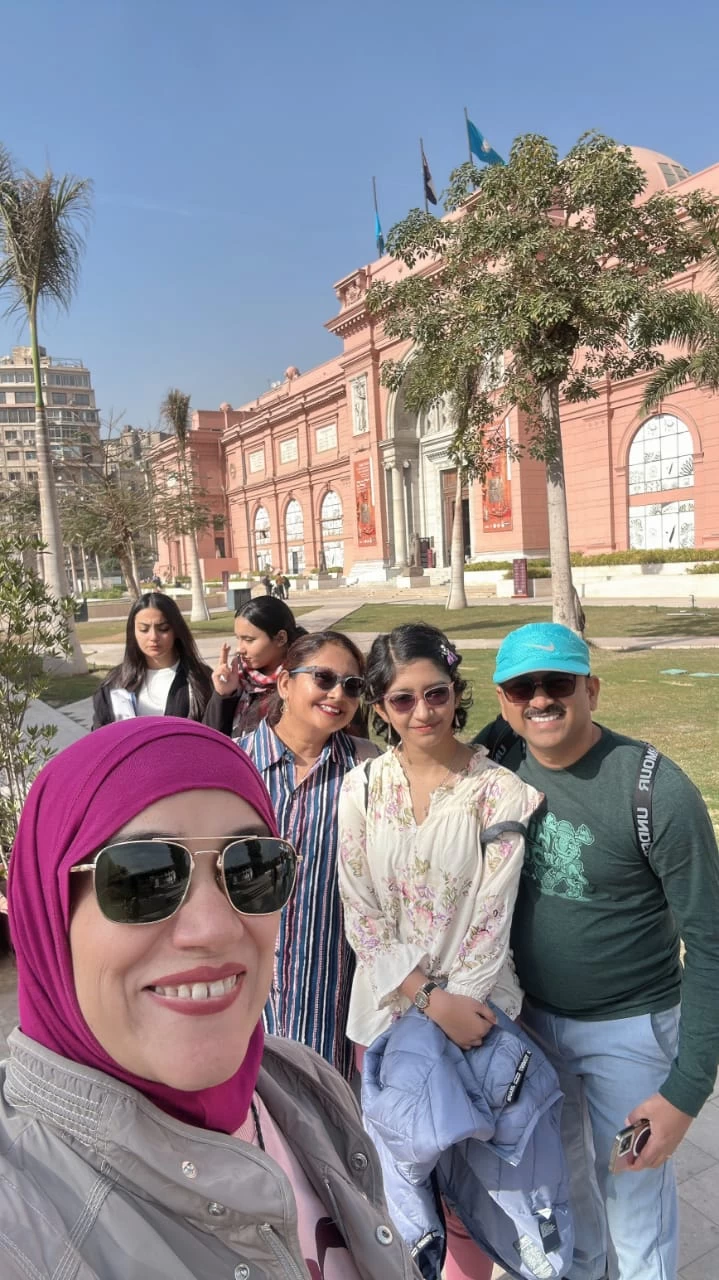
-webp.webp)
-webp.webp)
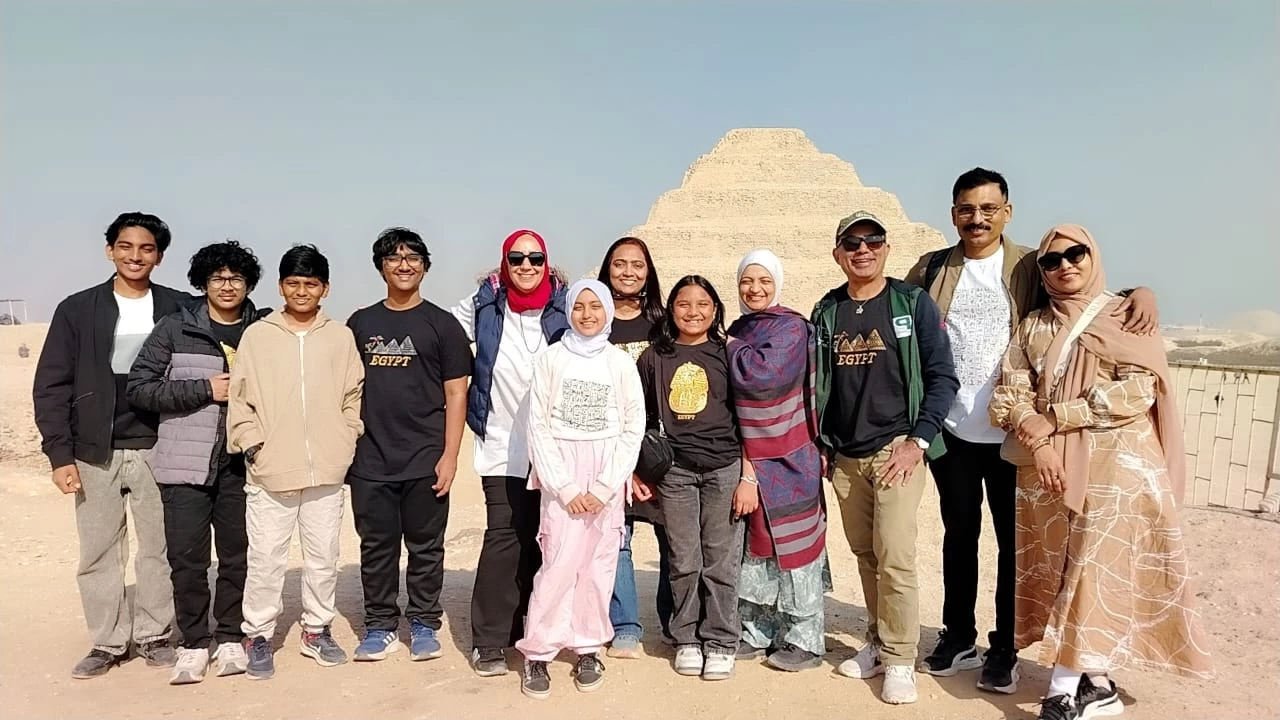
-webp.webp)
-webp.webp)
-webp.webp)
-webp.webp)
-webp.webp)
-webp.webp)
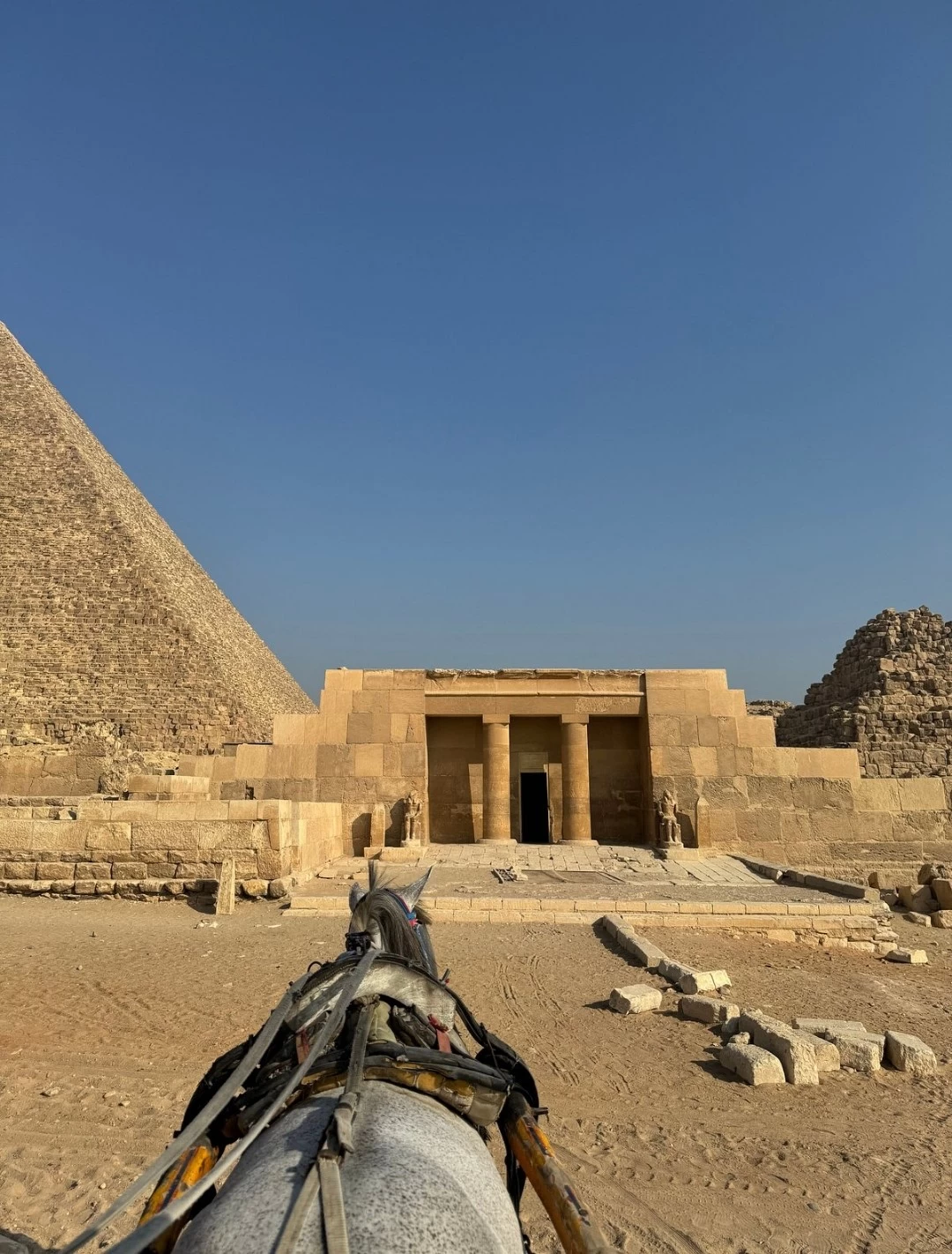
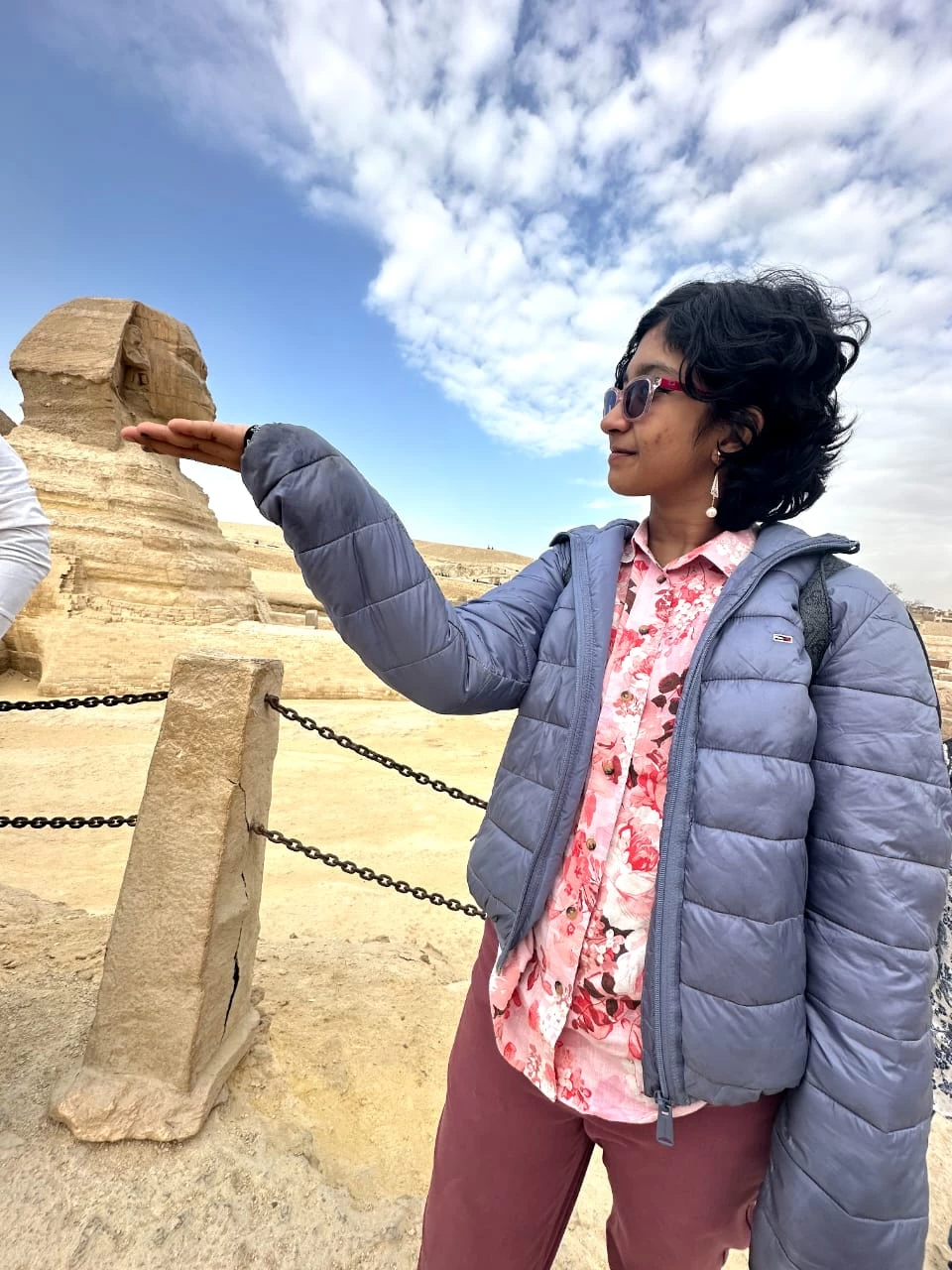
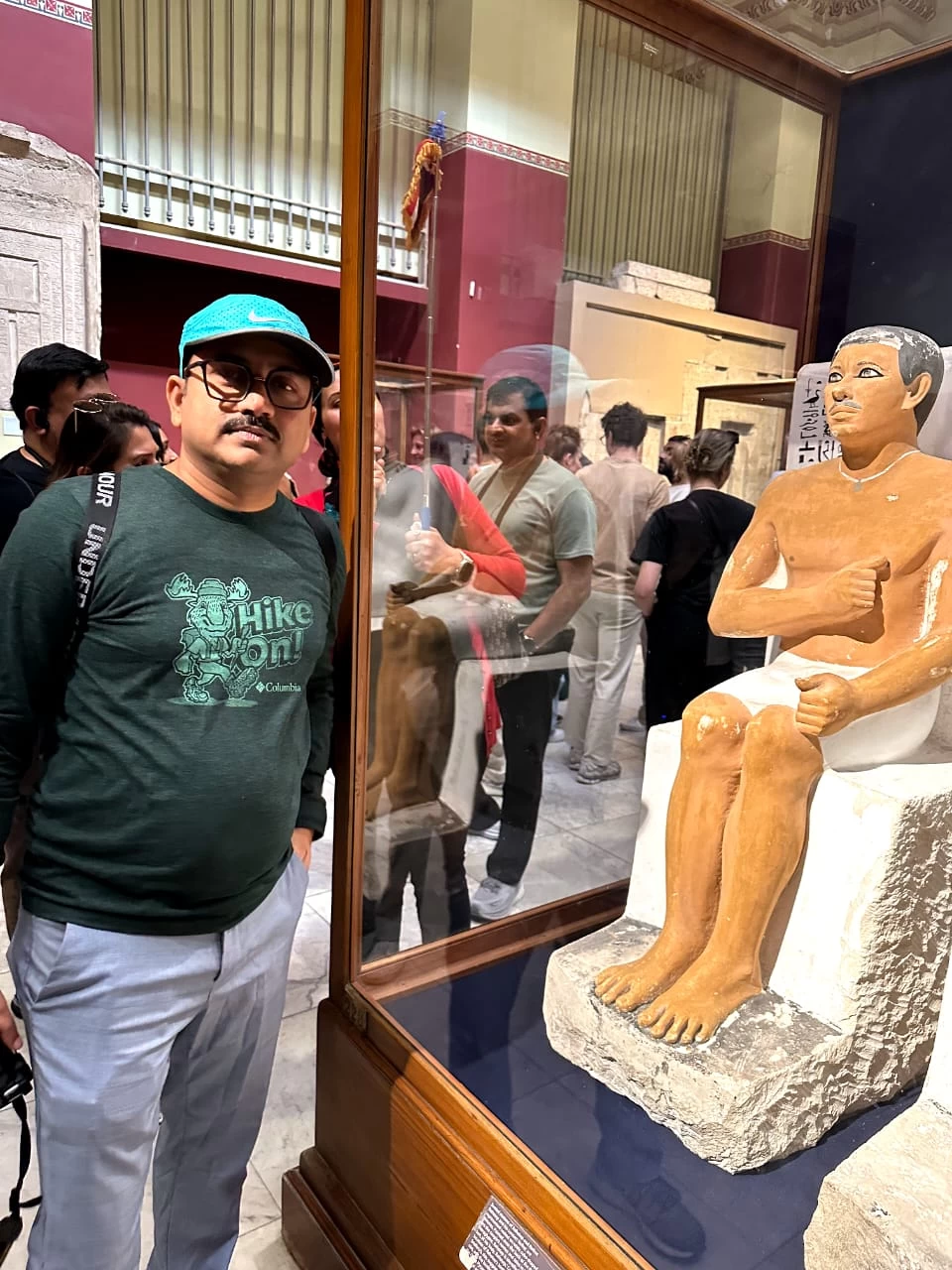
-webp.webp)
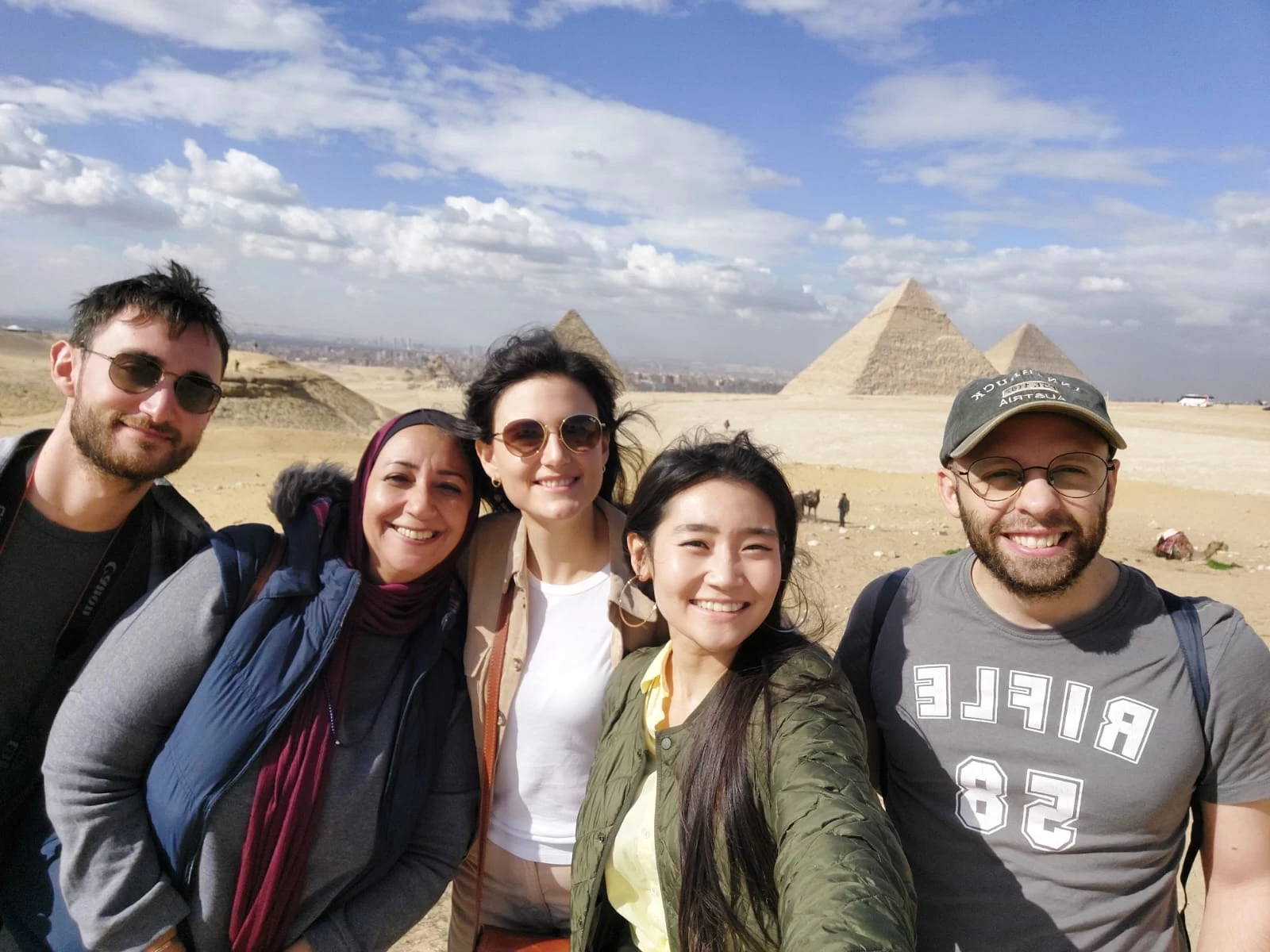
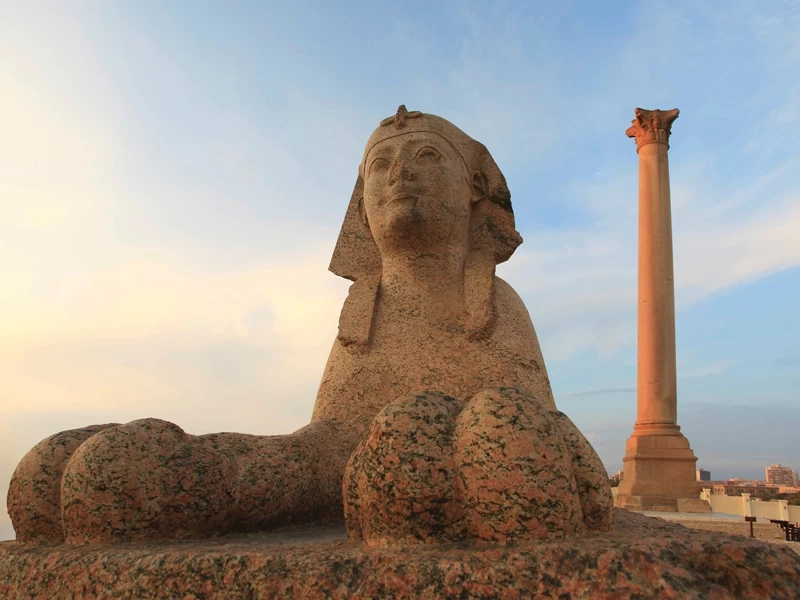
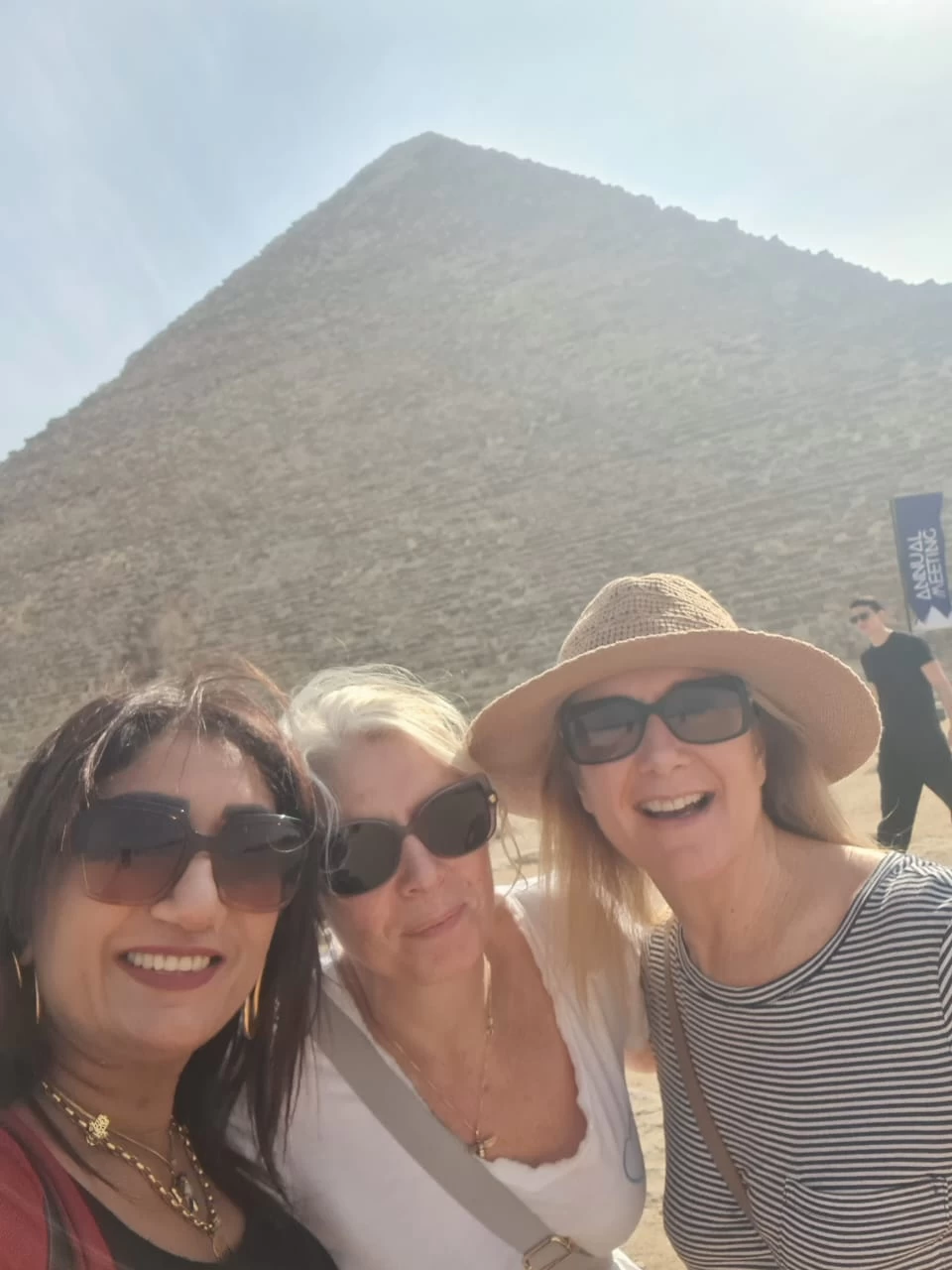


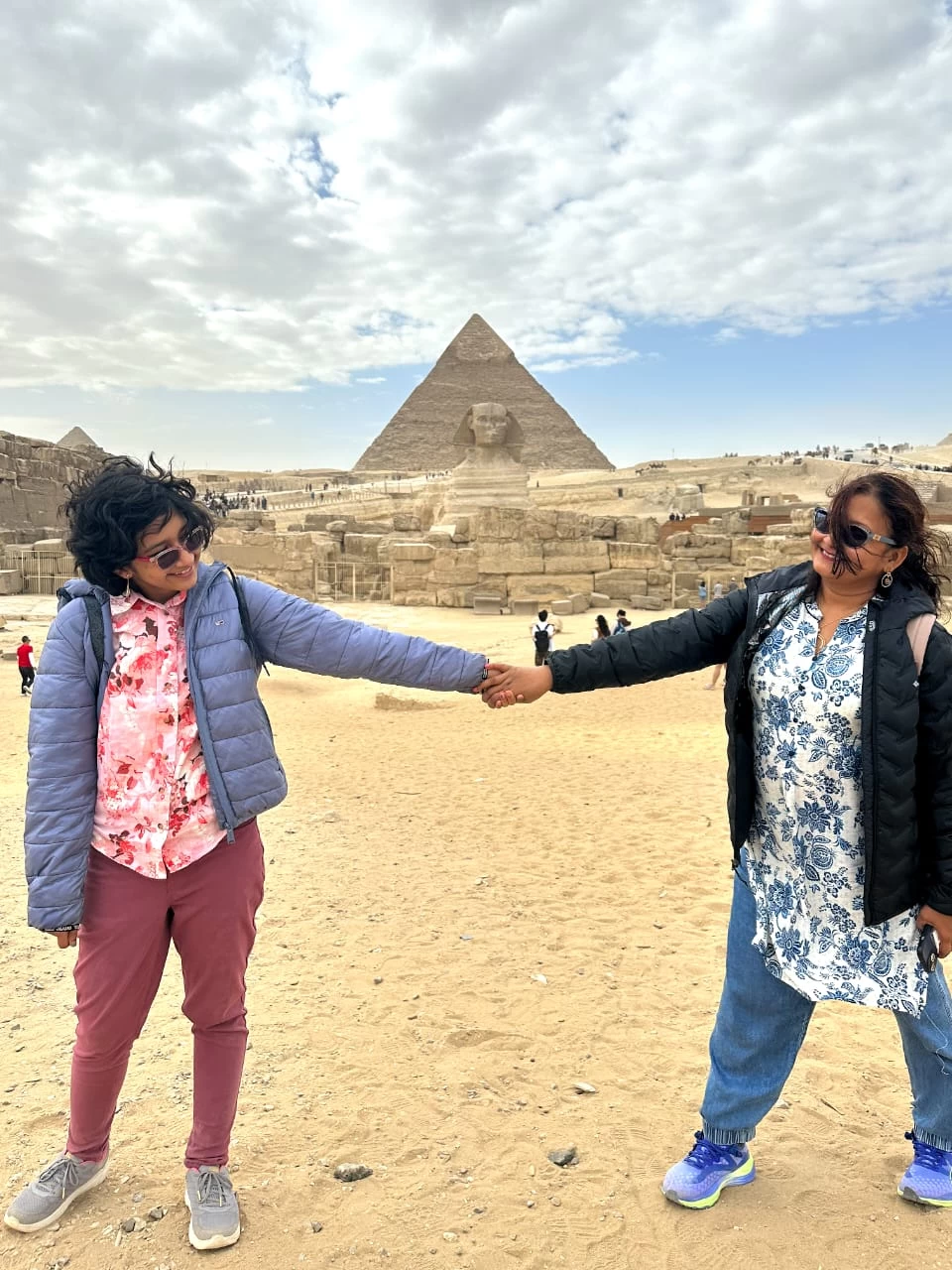
-webp.webp)
-webp.webp)










.png)

